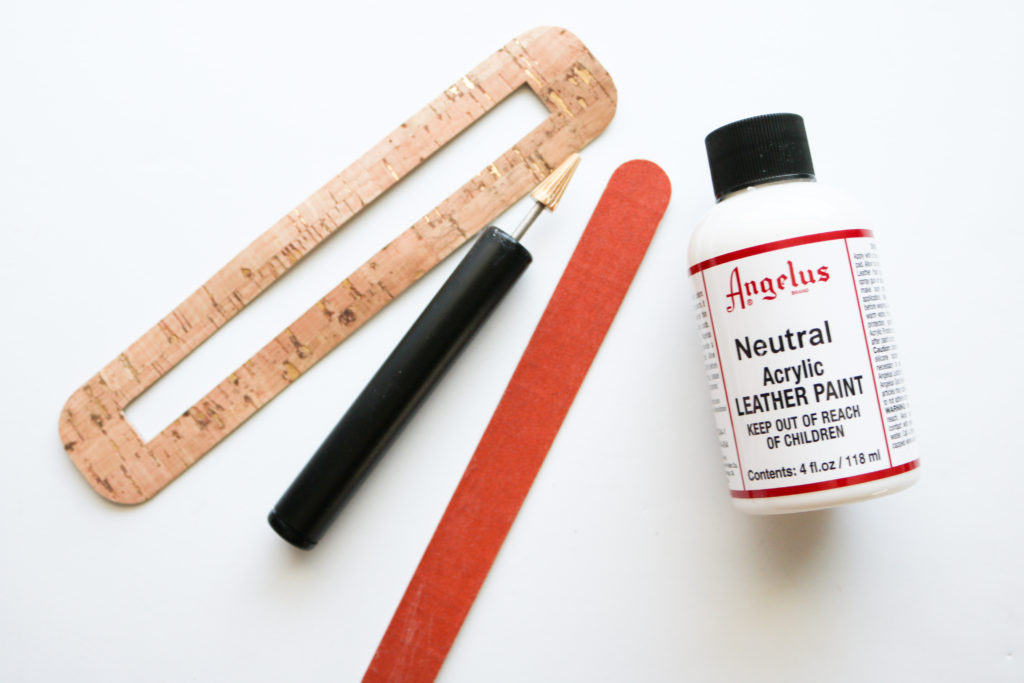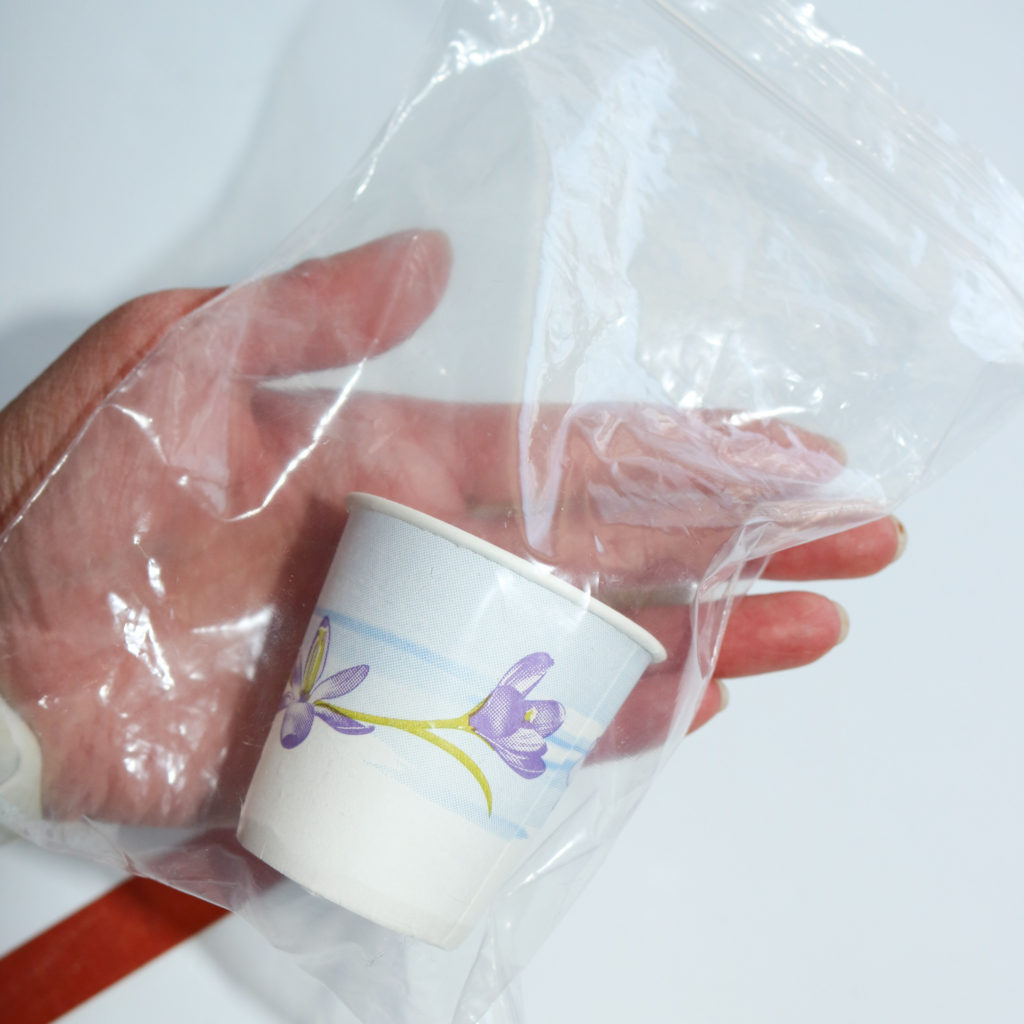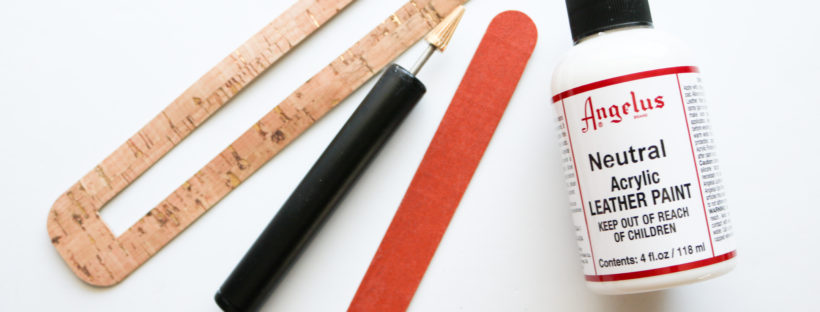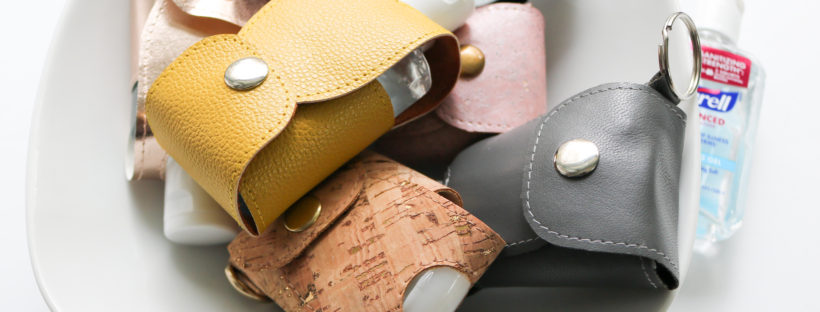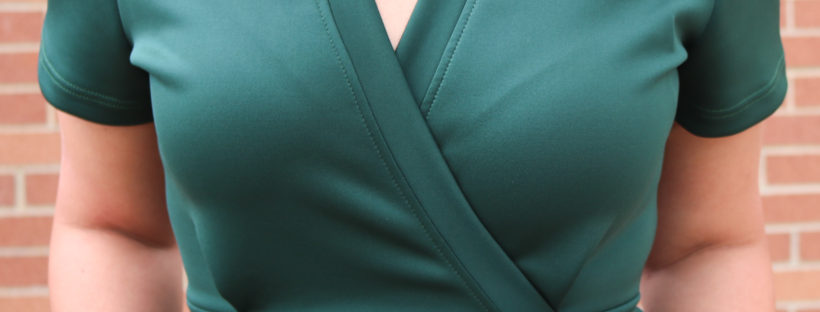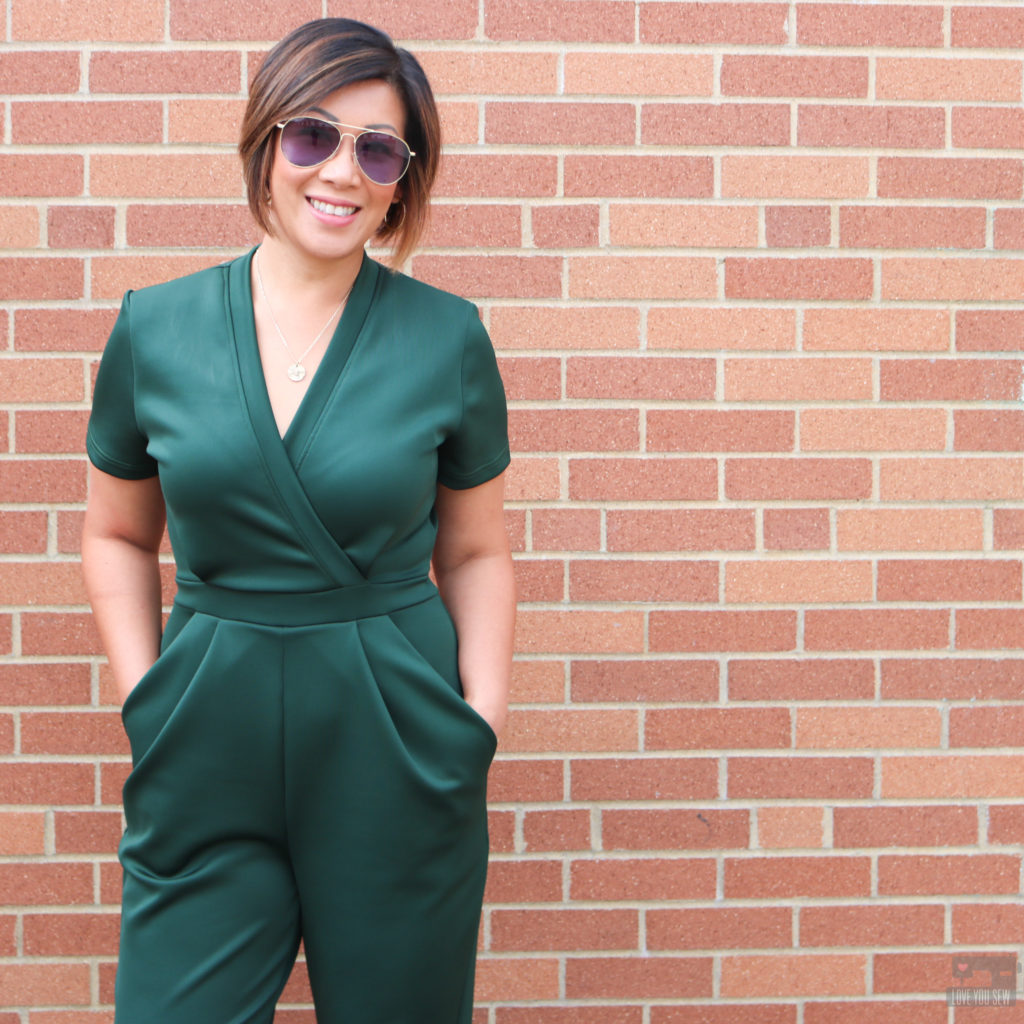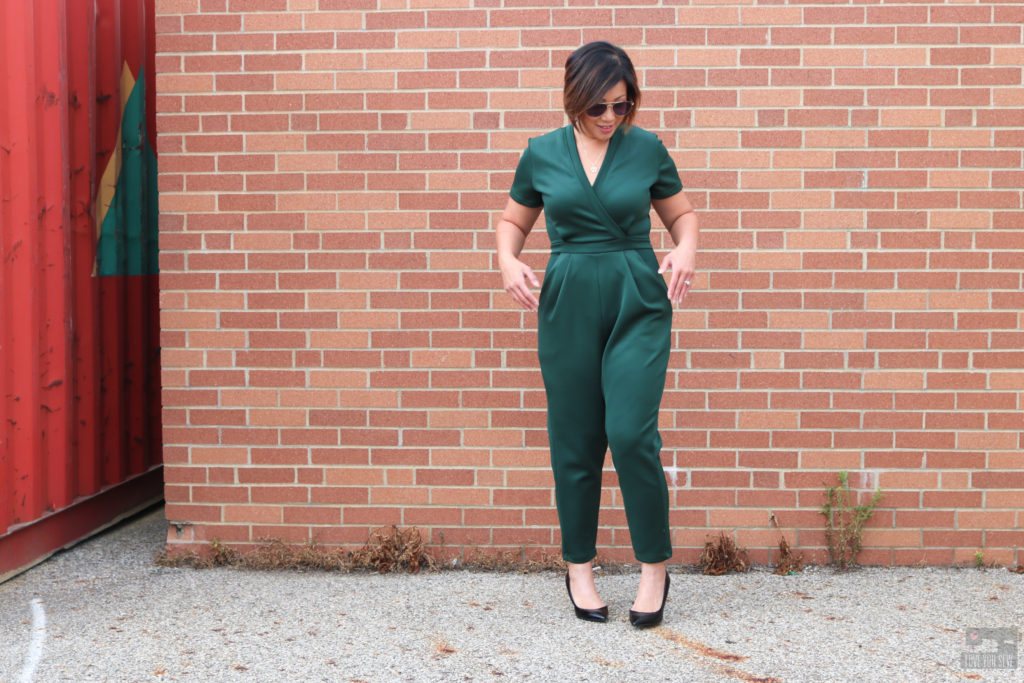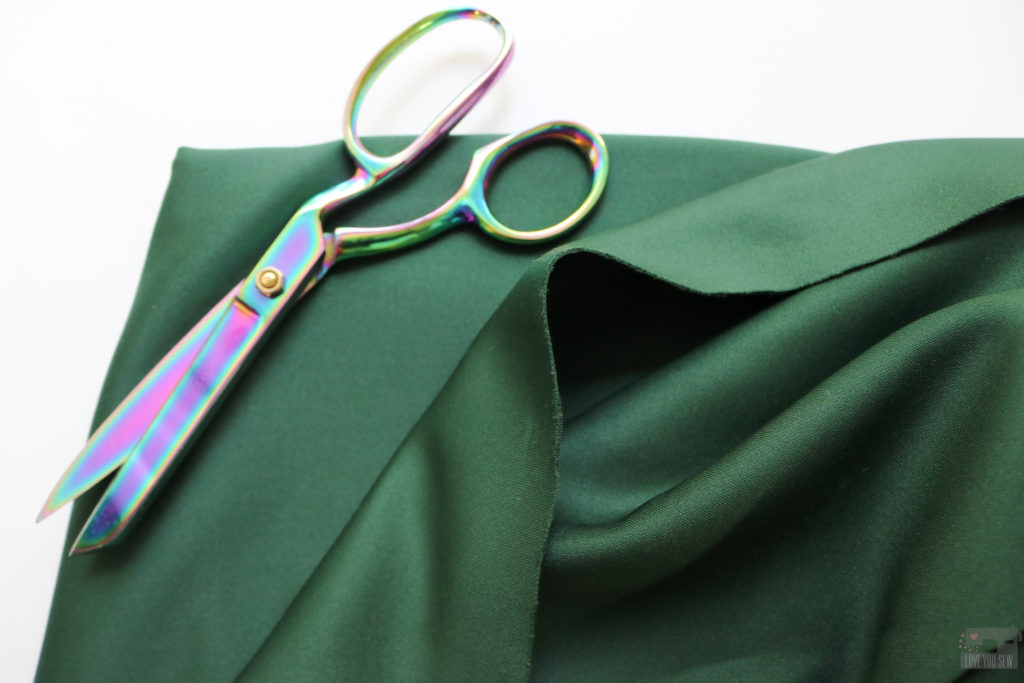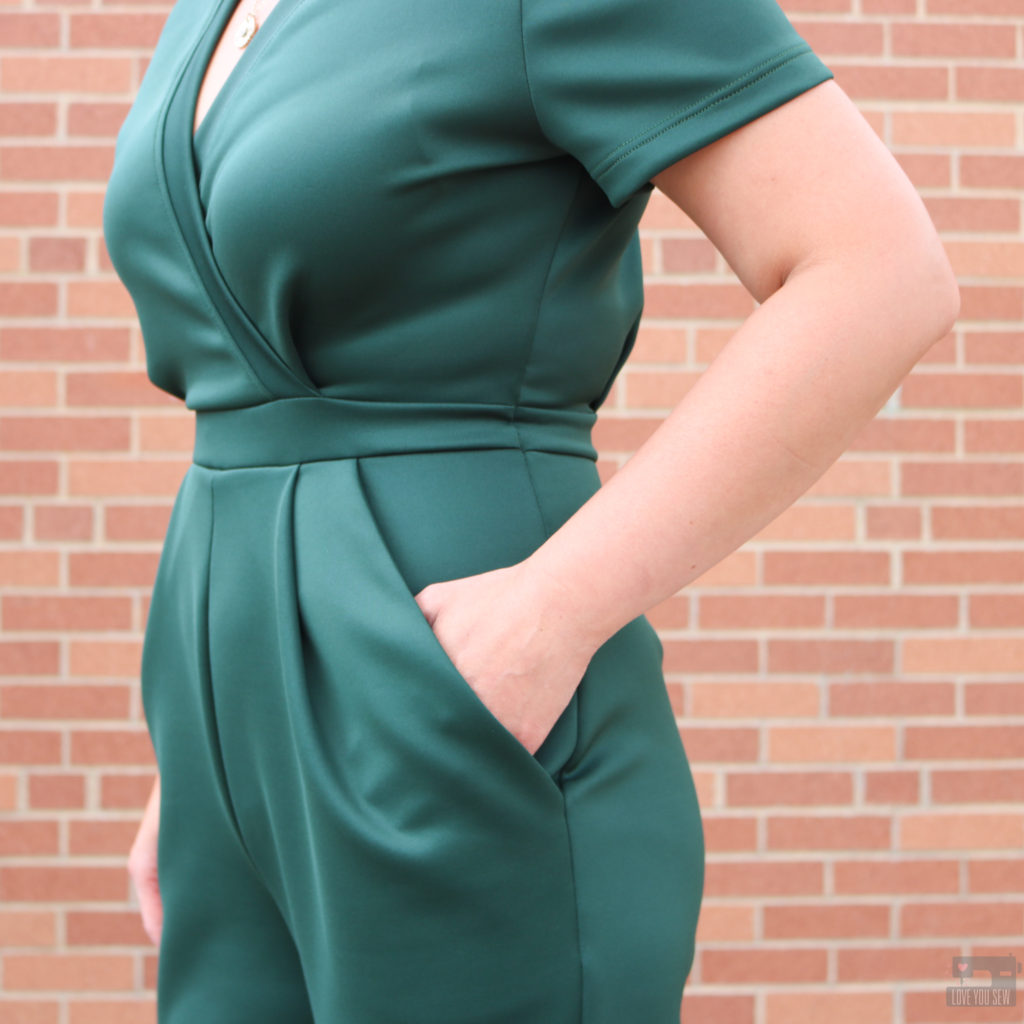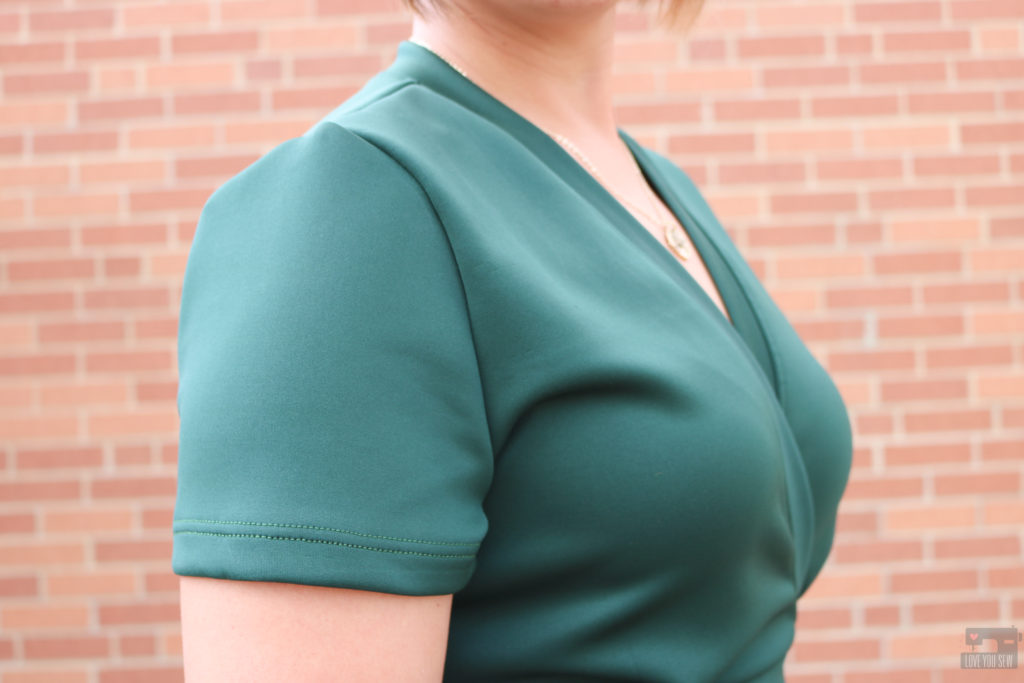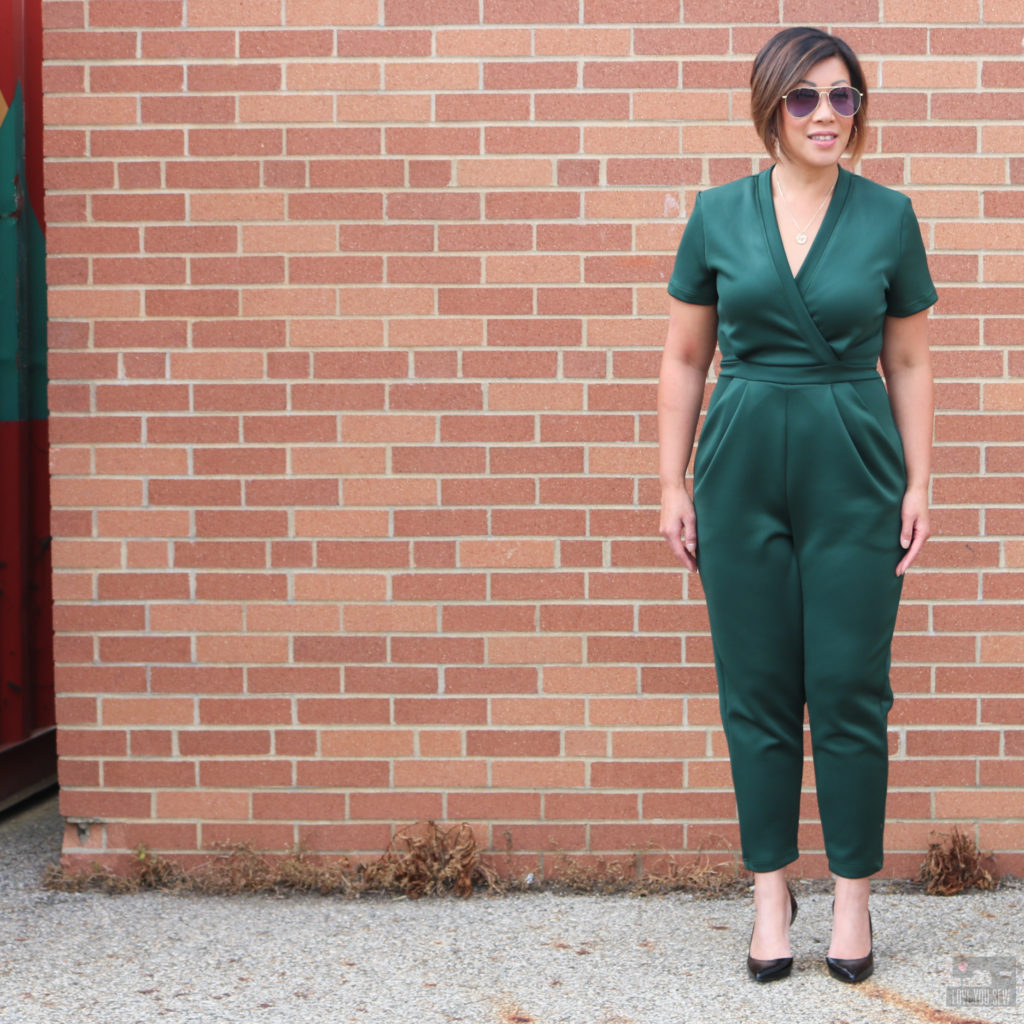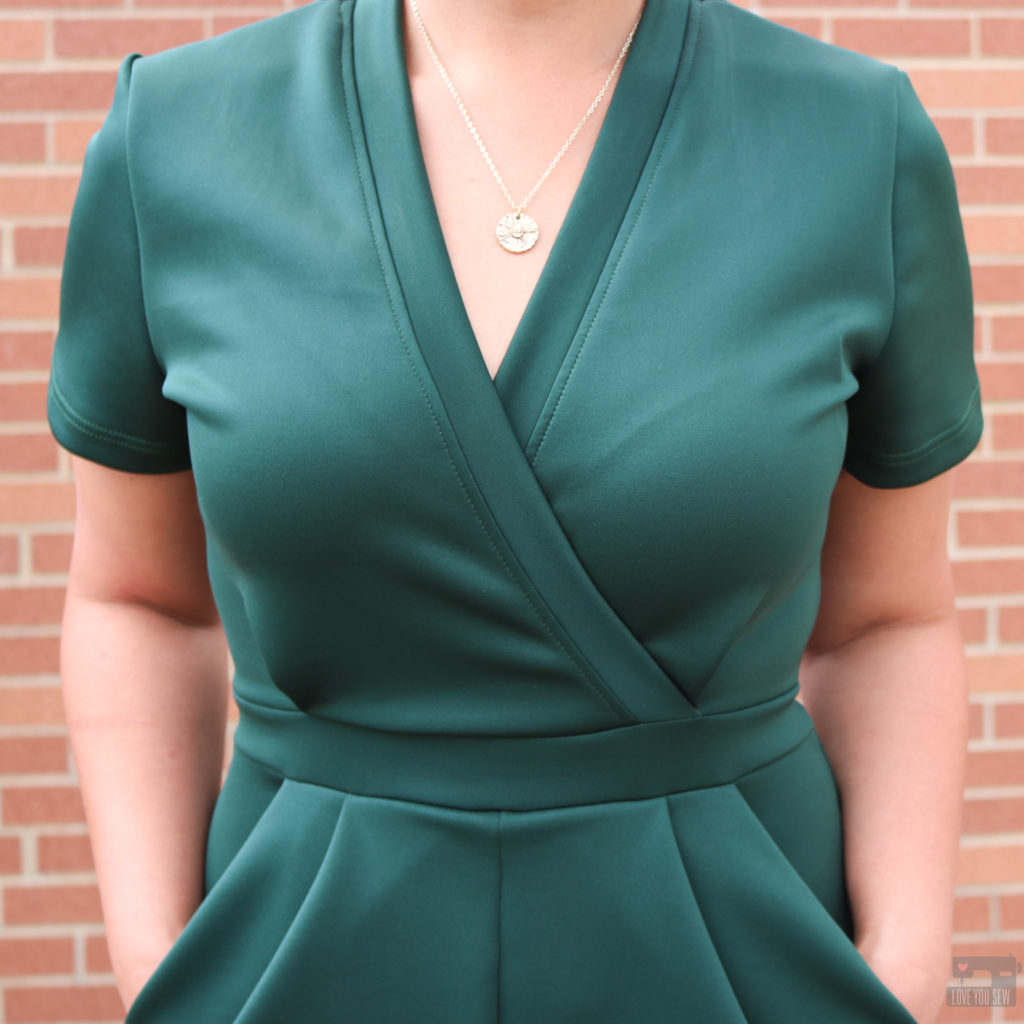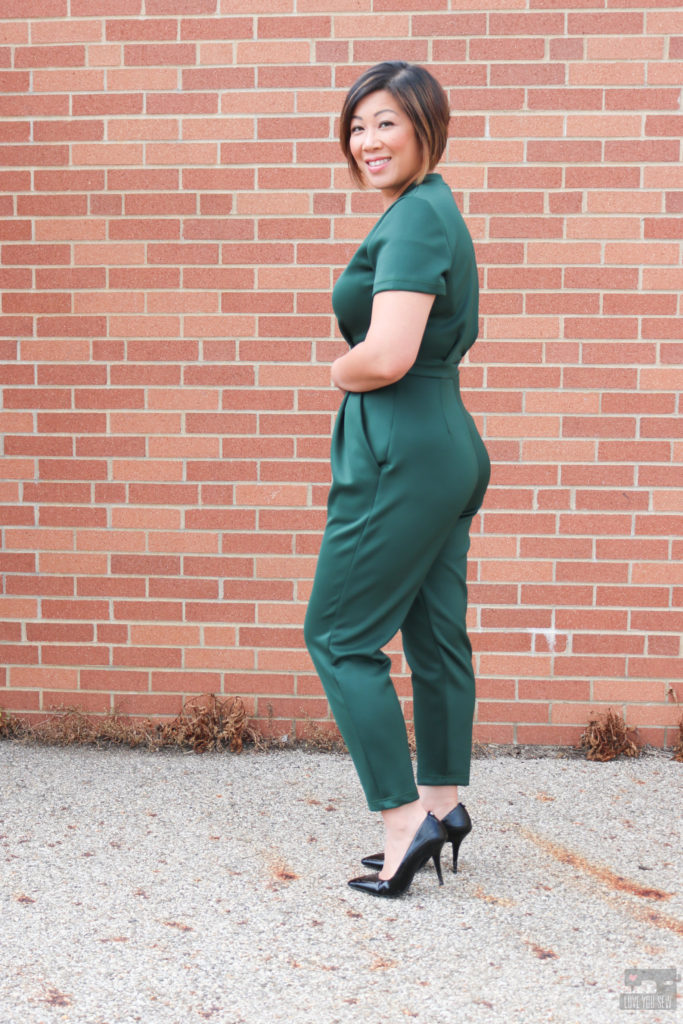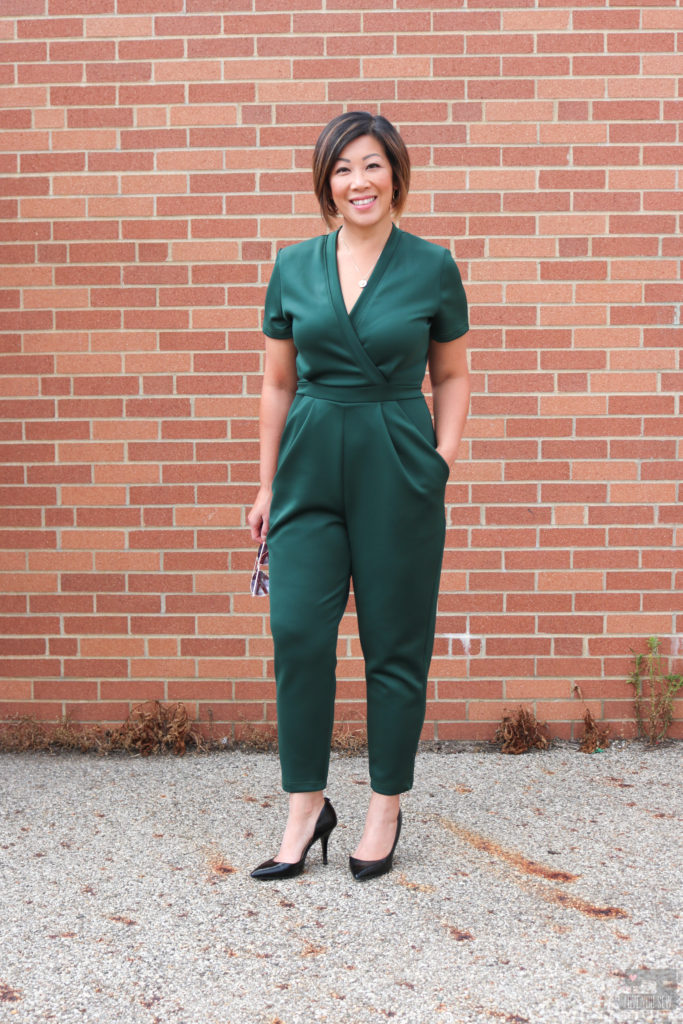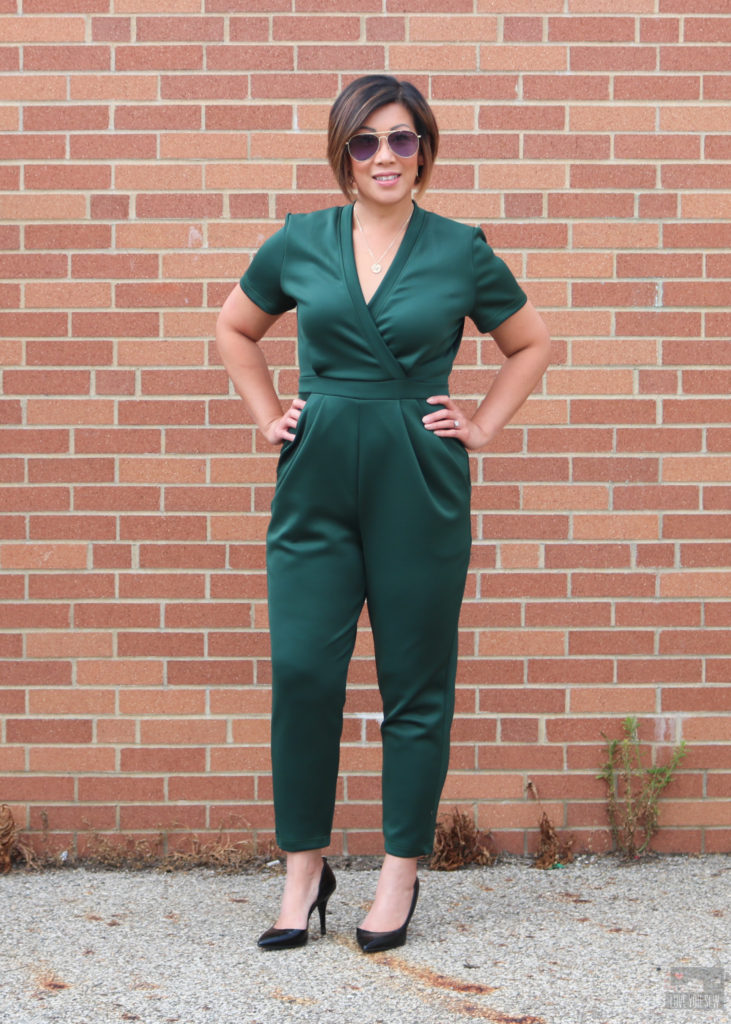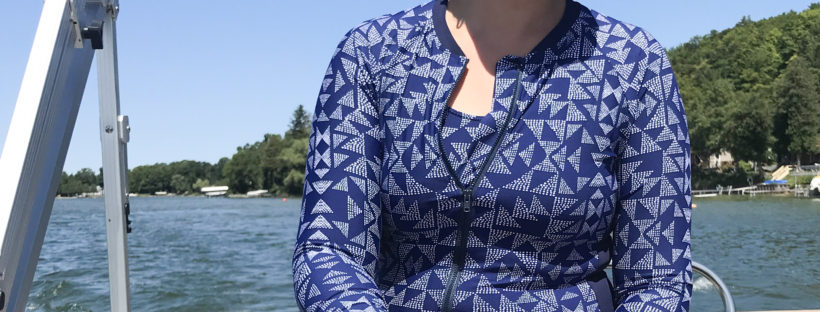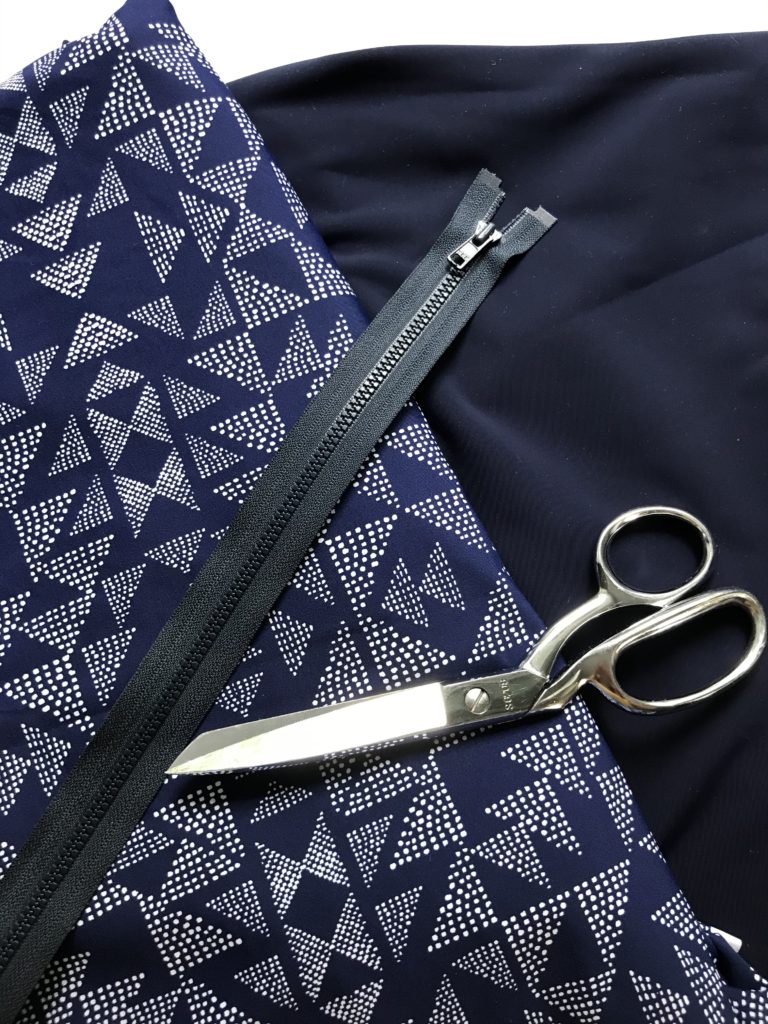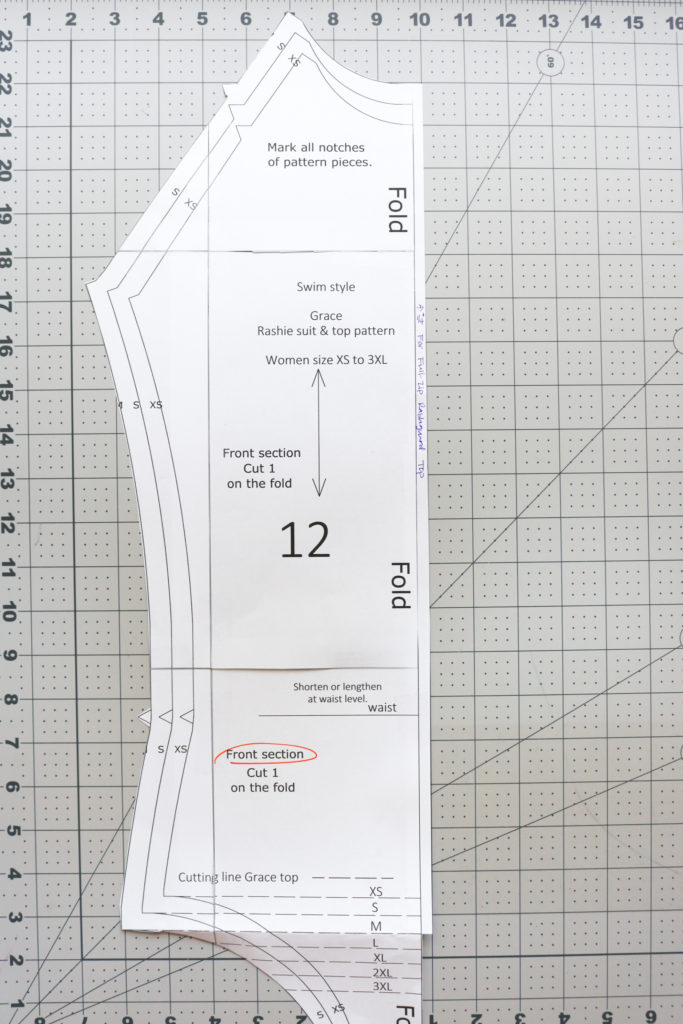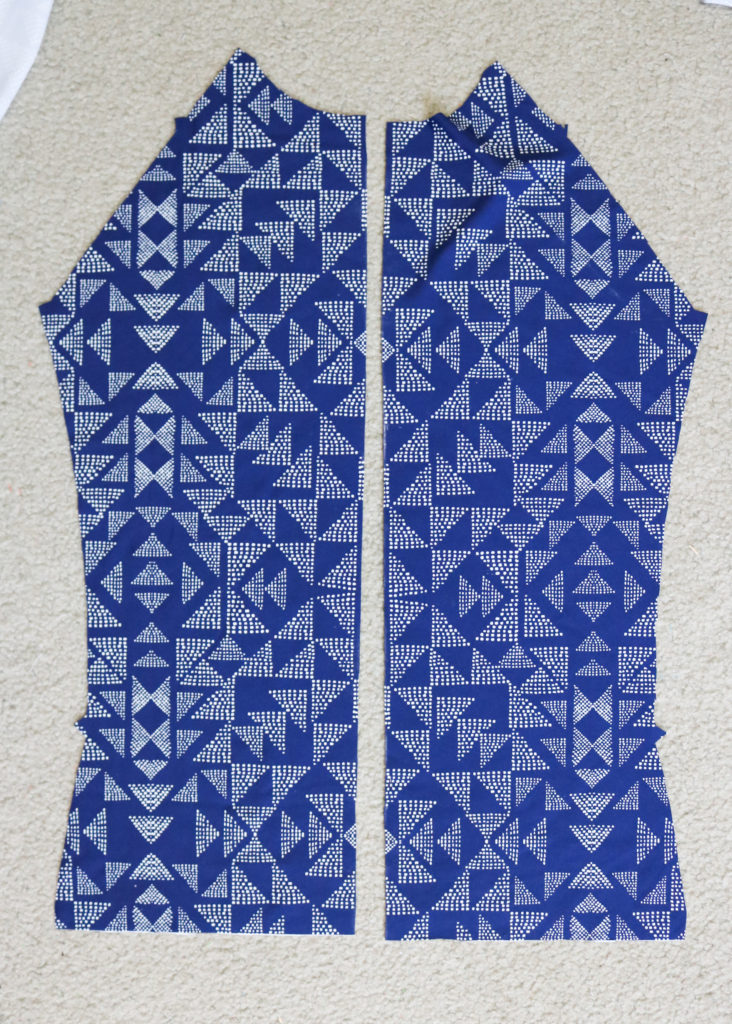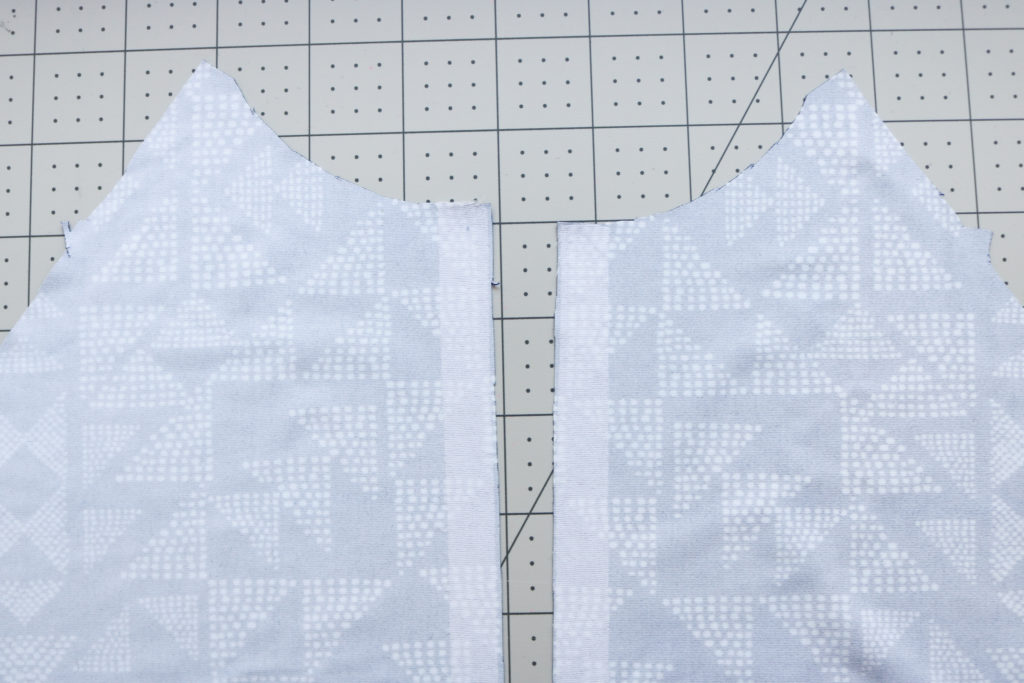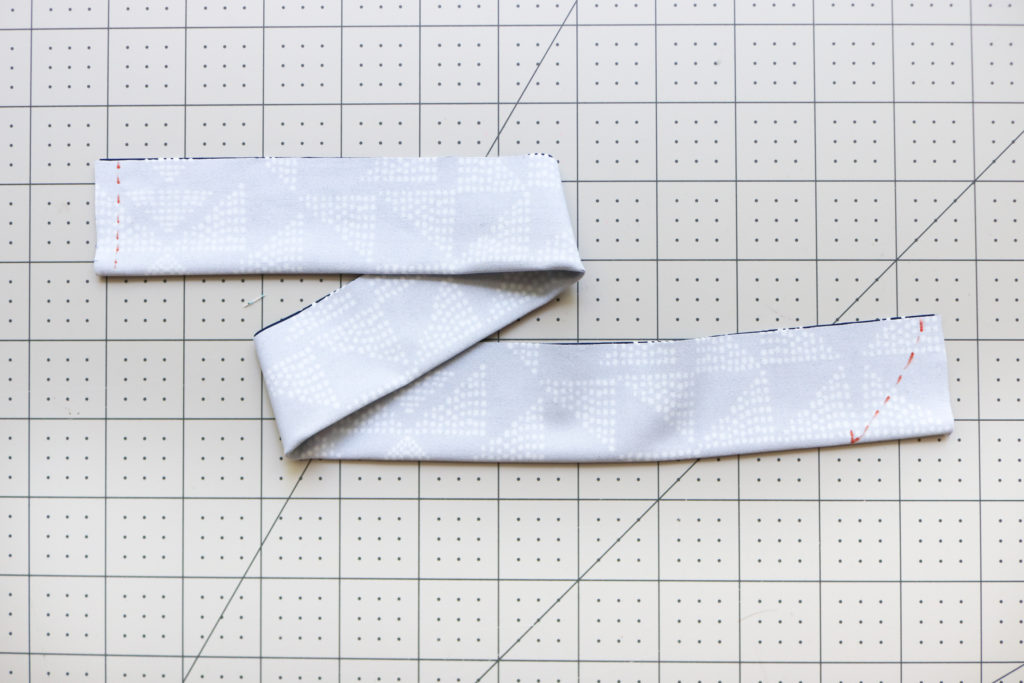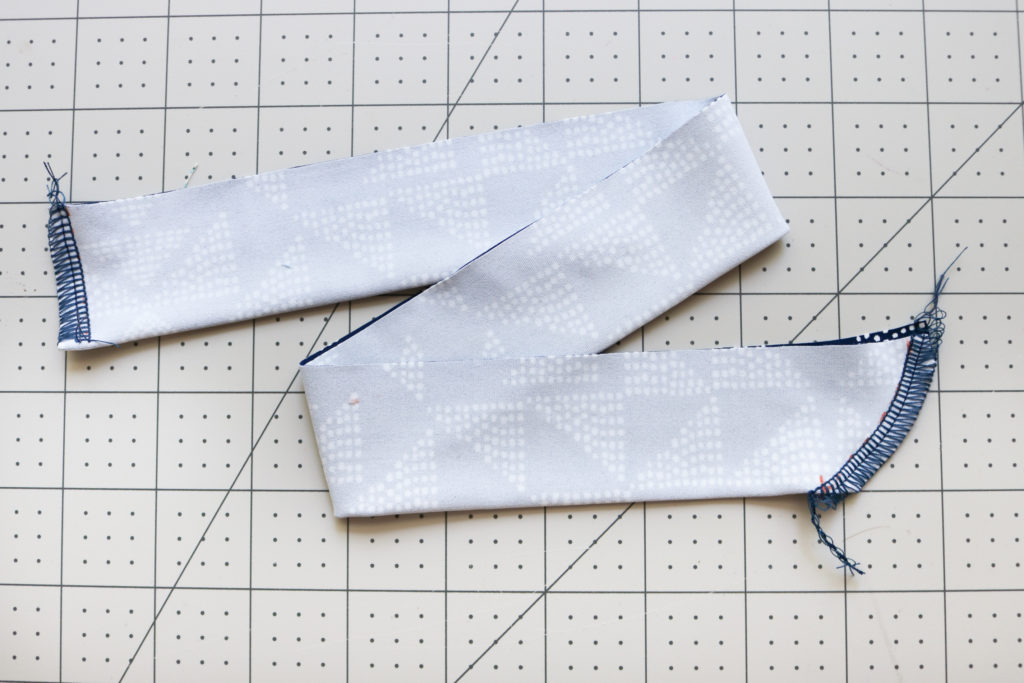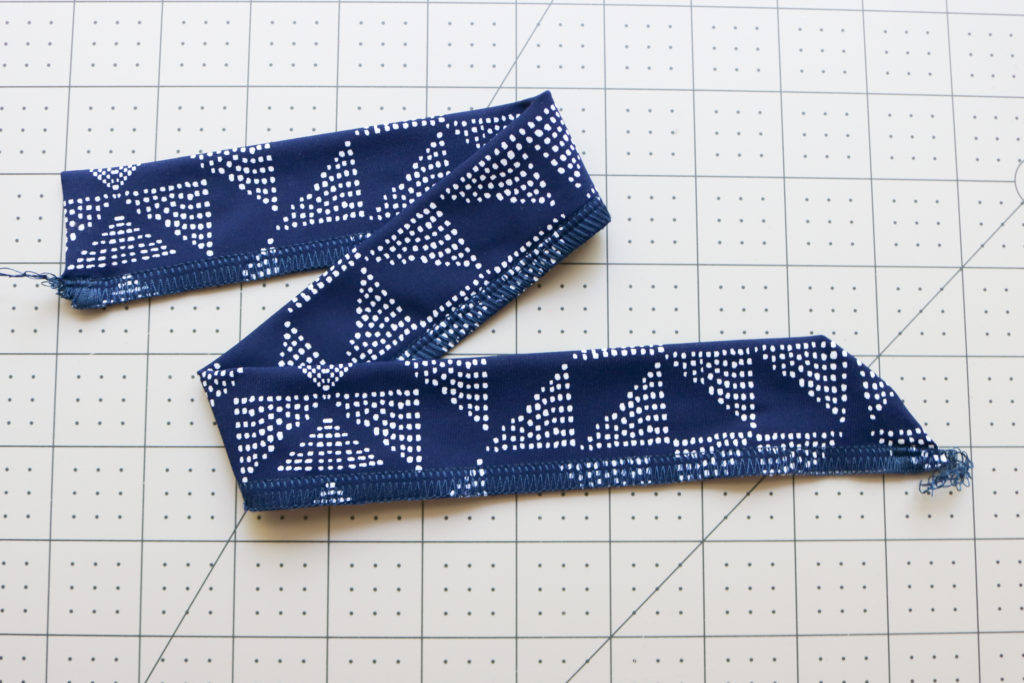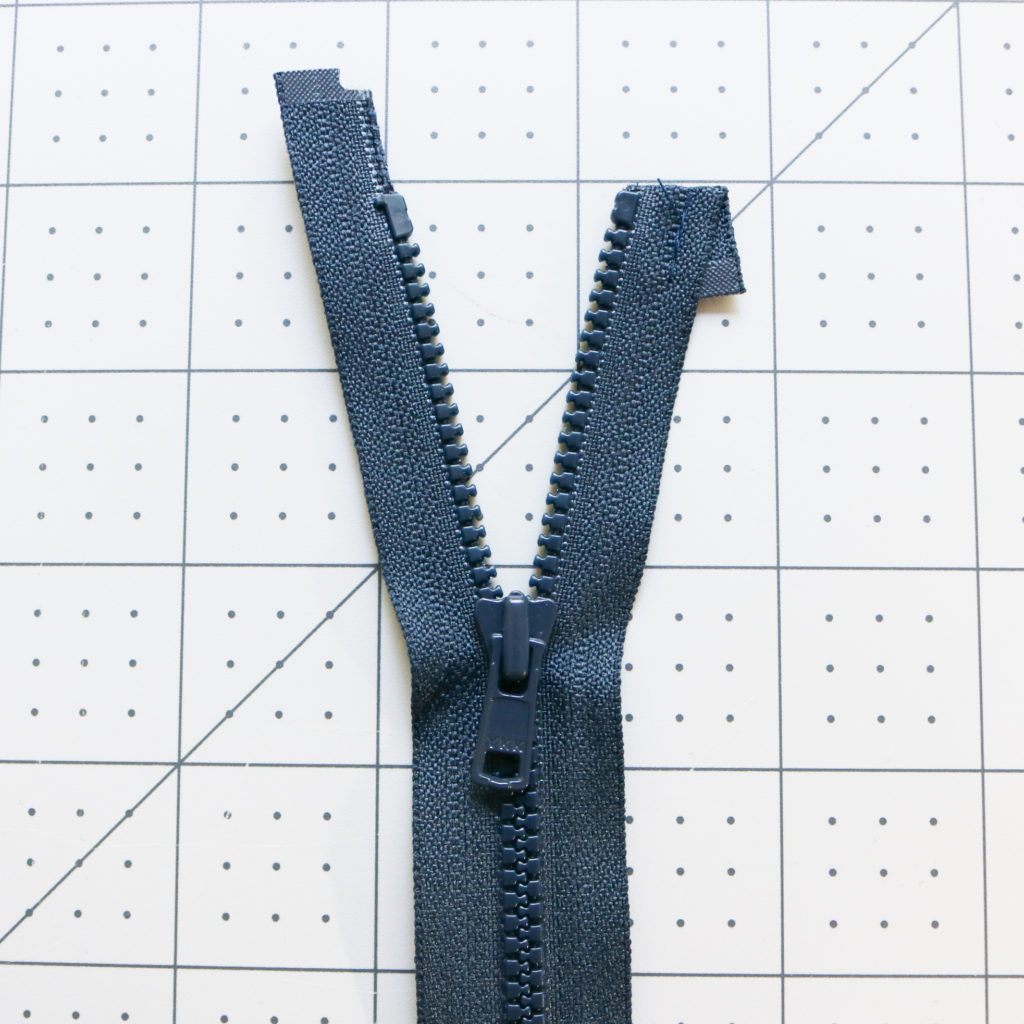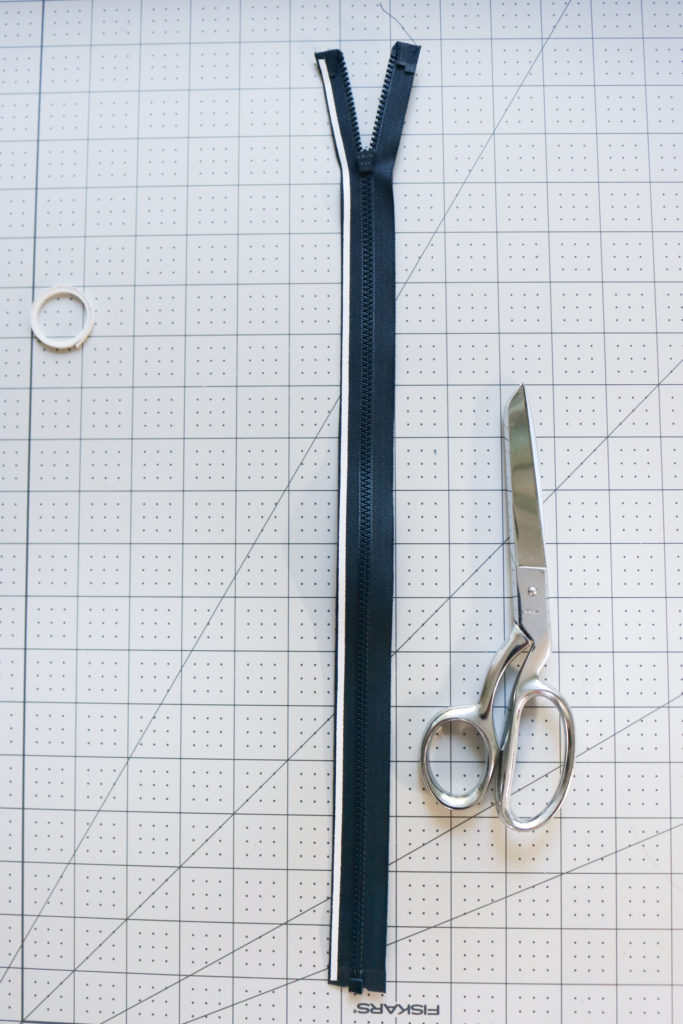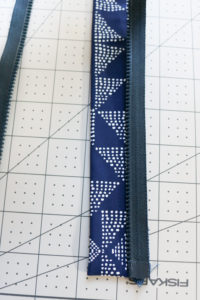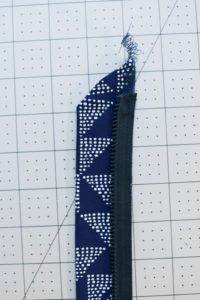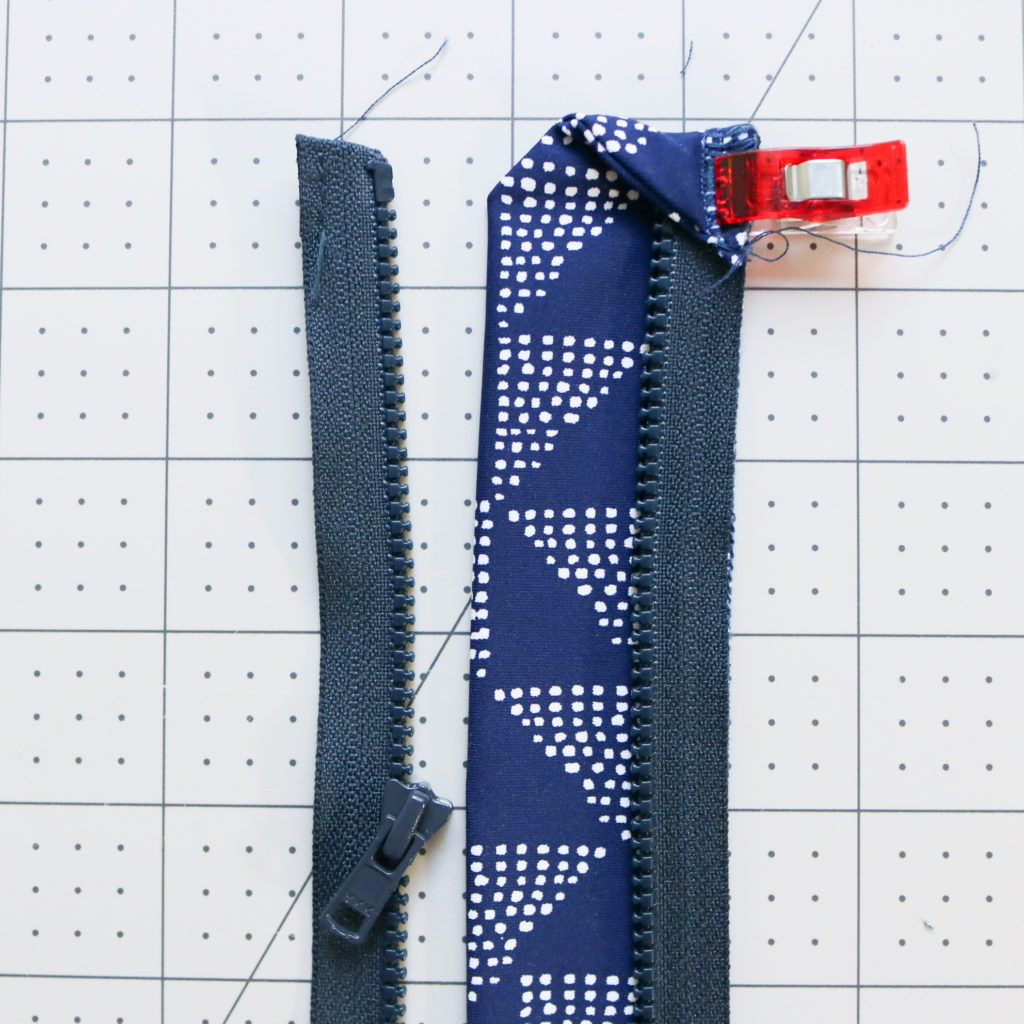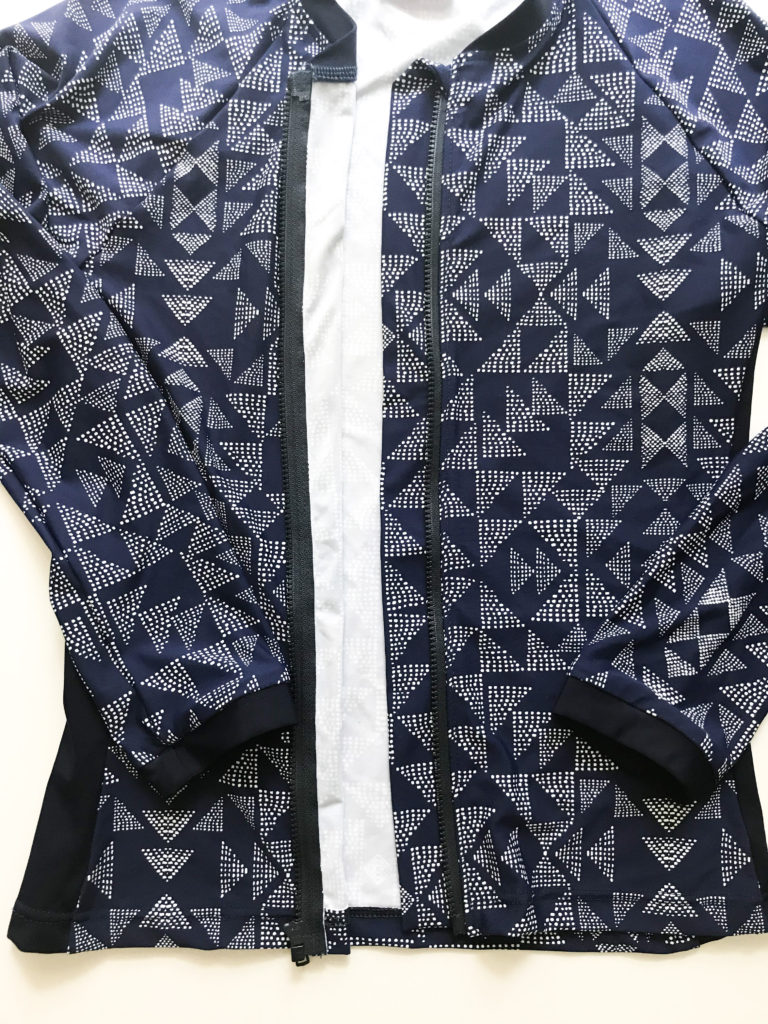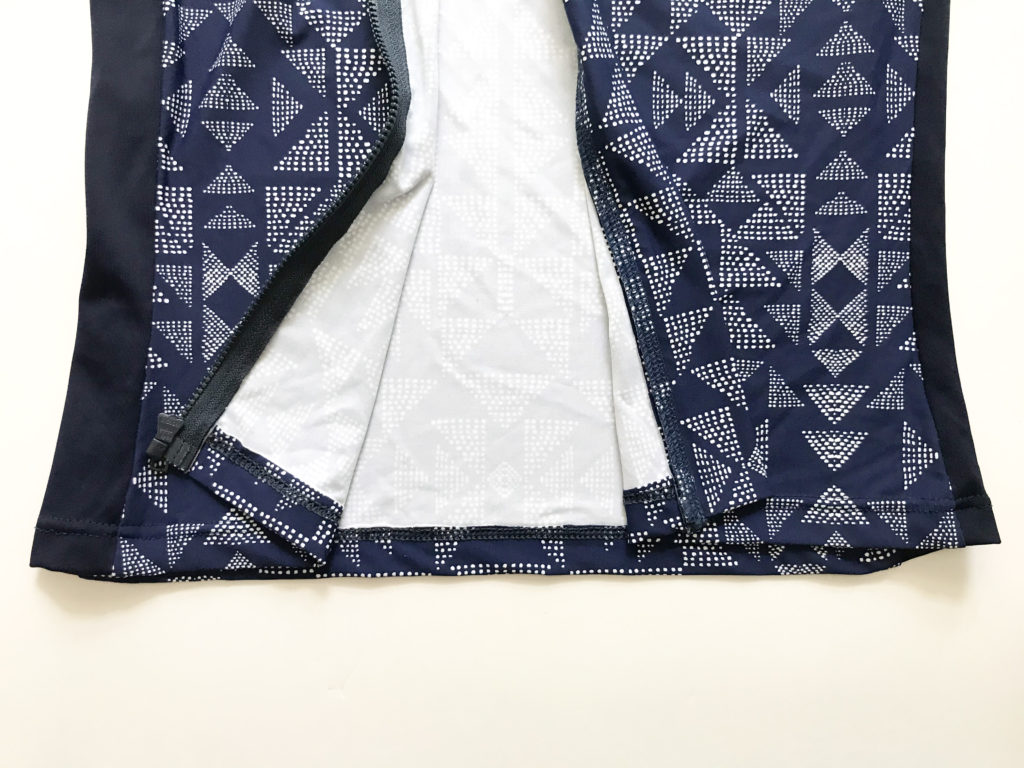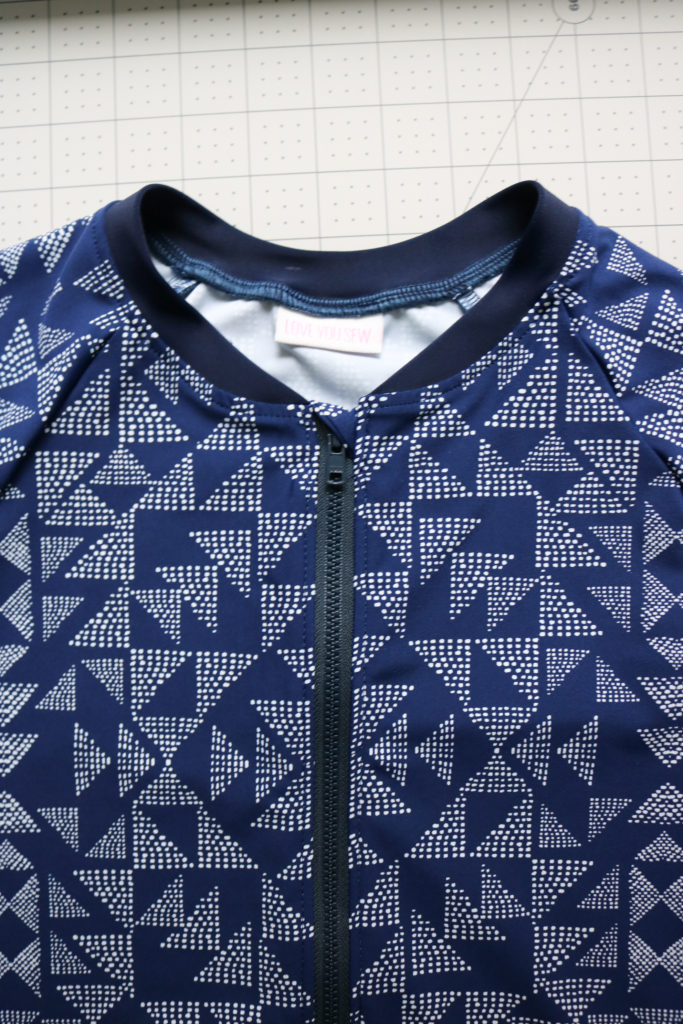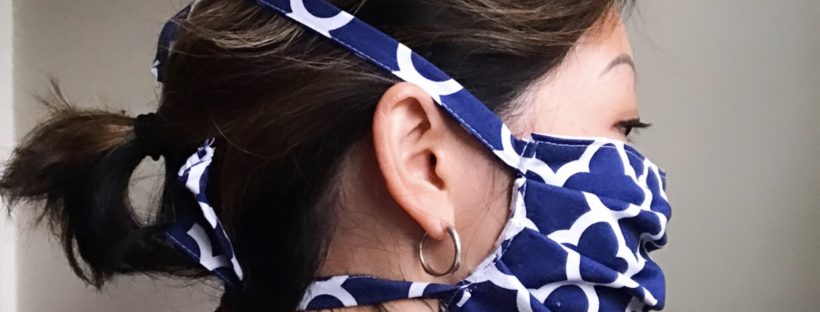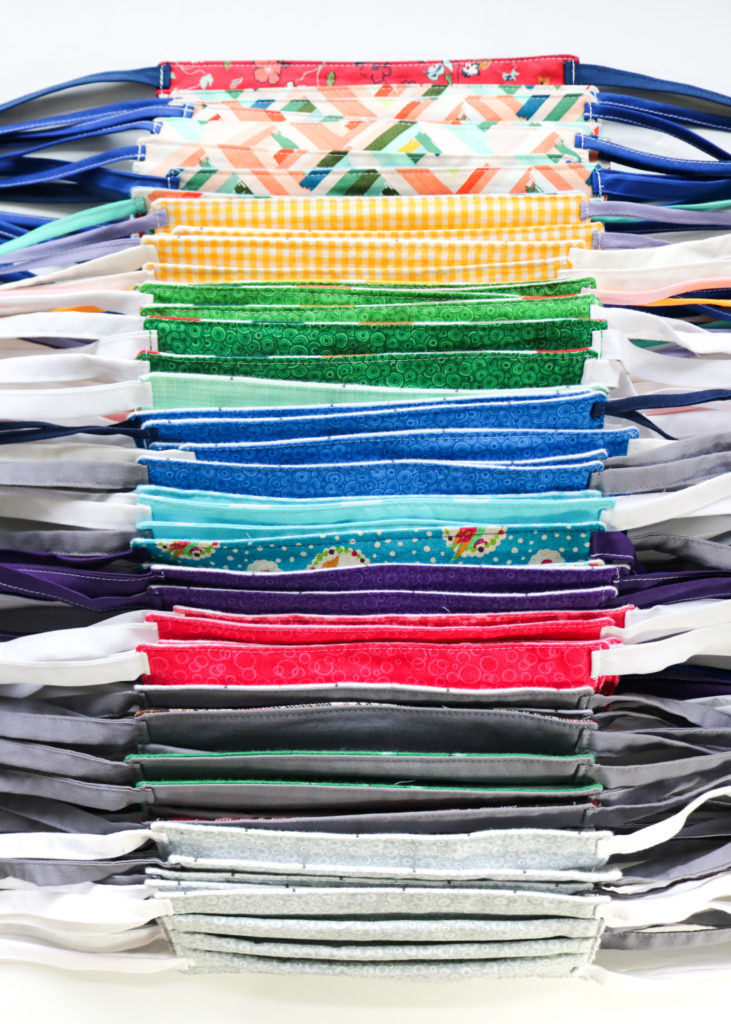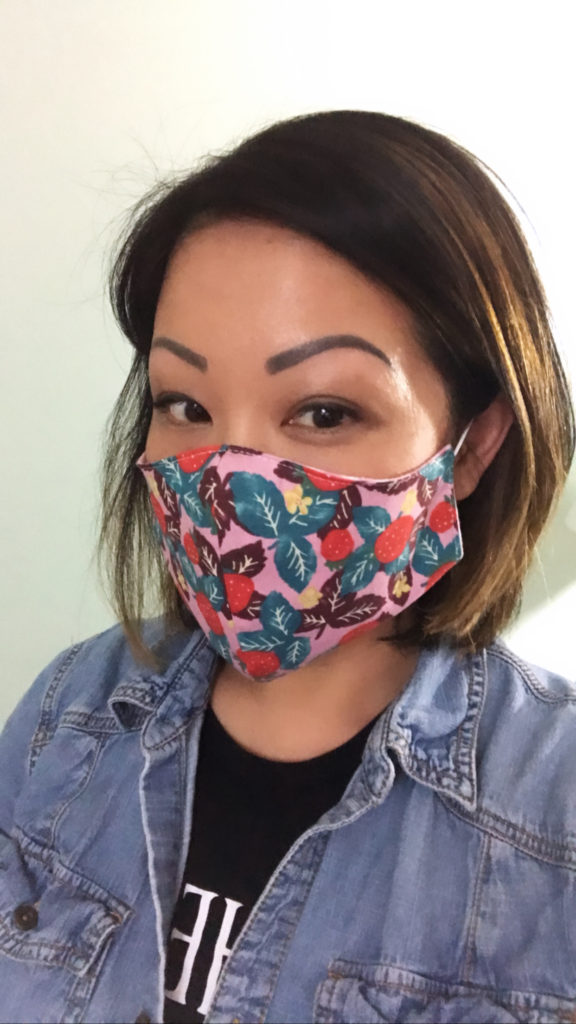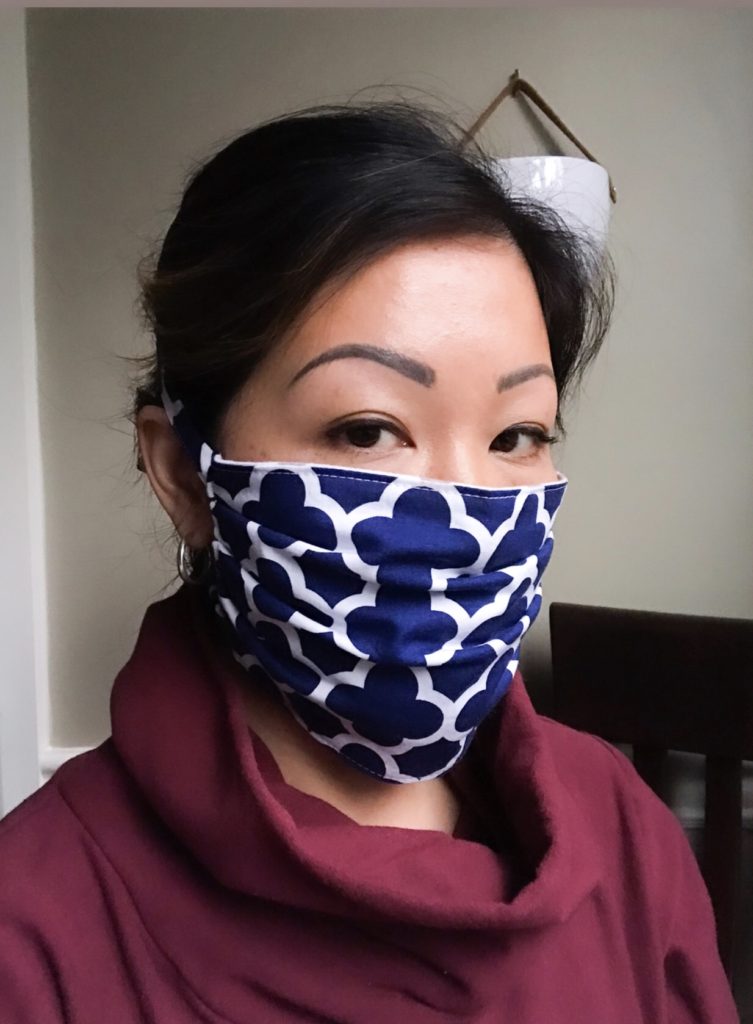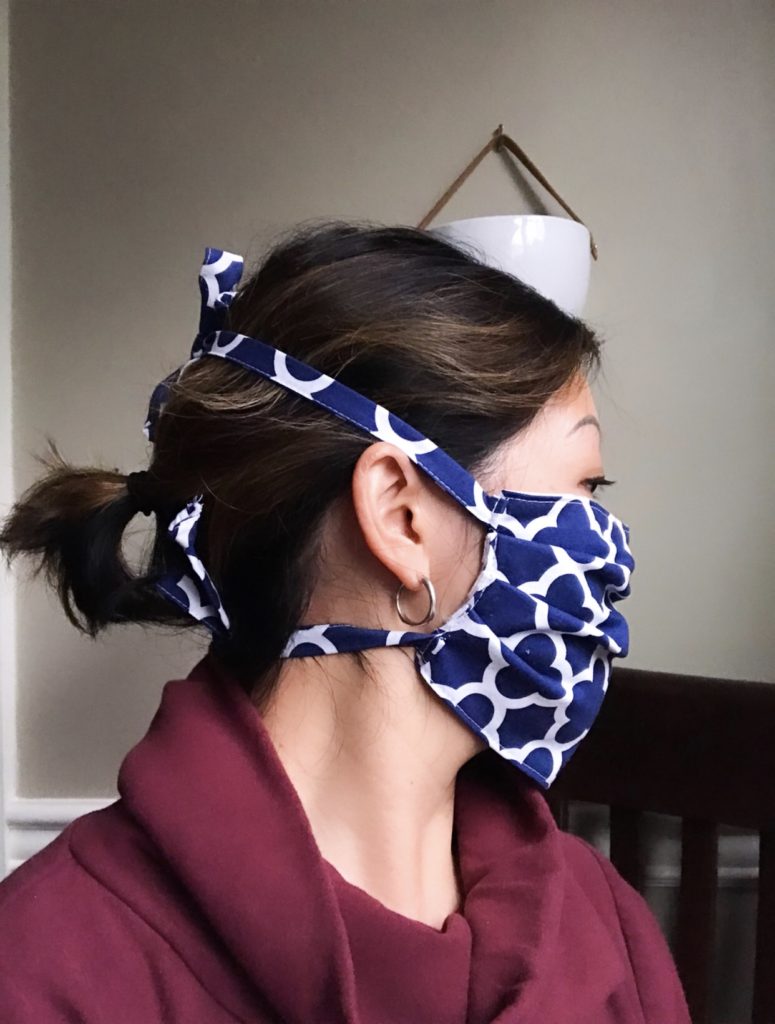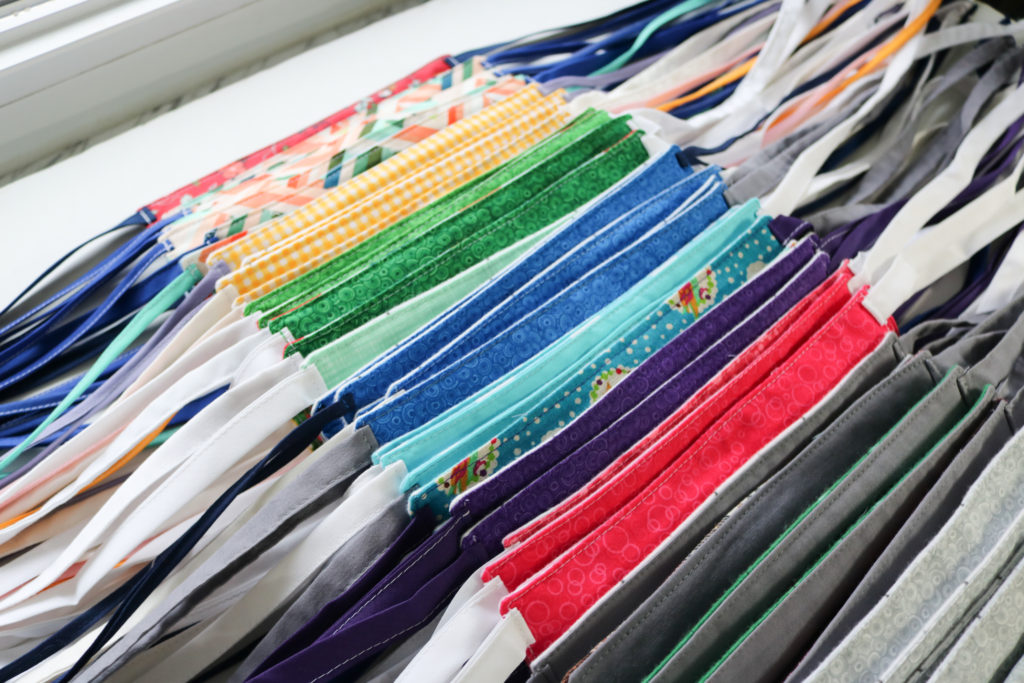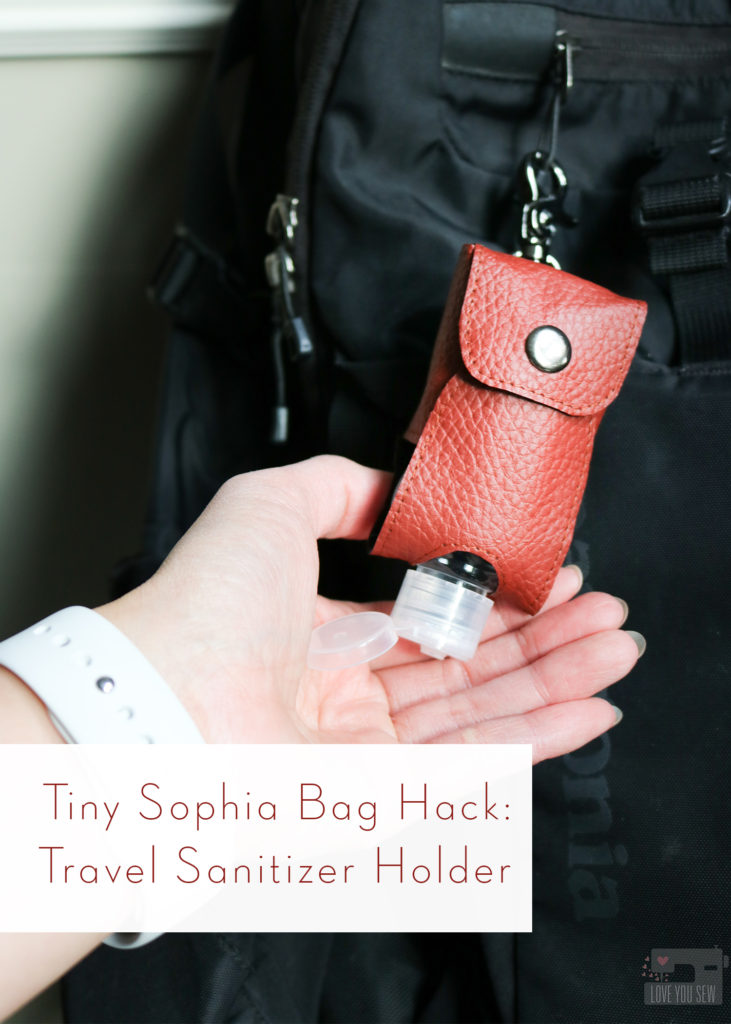
As the world goes on, we know washing hands and using sanitizer is LIFE right now. It is SO important to stay healthy and protect ourselves against all germs – pandemic or not! Washing hands with soap is the preferred way to keep them clean, but when there isn’t a sink around hand sanitizer is a decent alternative. You can read more about the benefits of hand-washing here with the CDC.
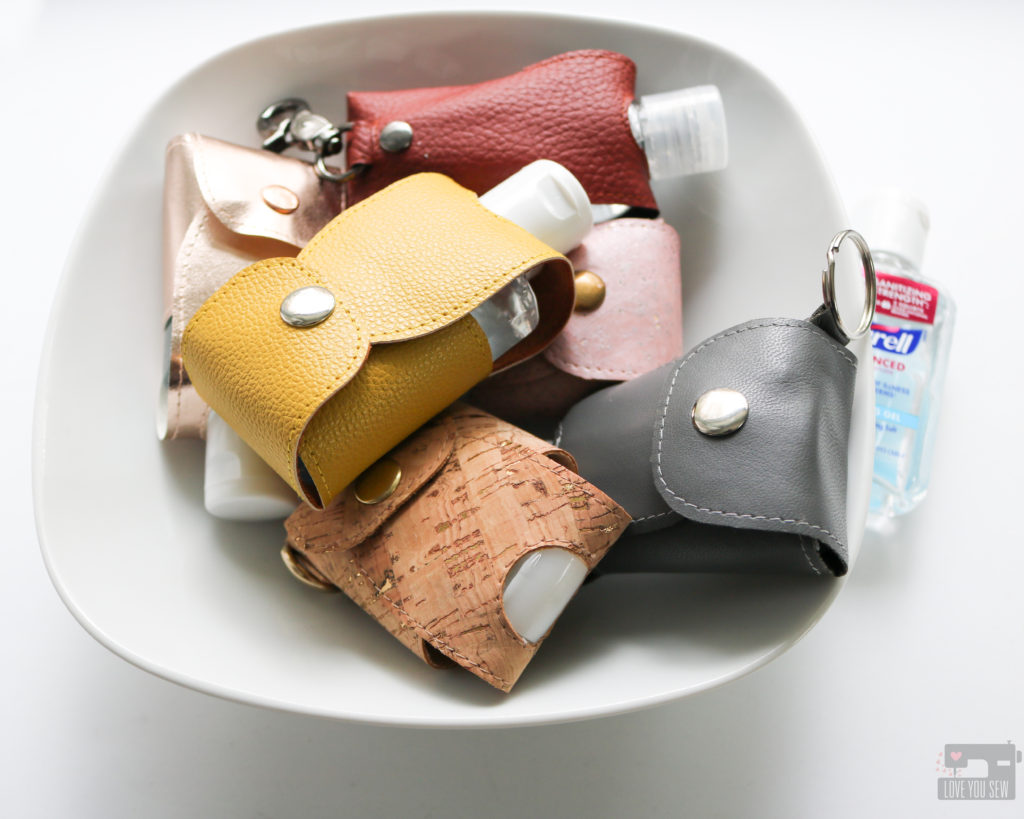
Like all of you, I want to keep my family safe and have sanitizer on them at all times – especially as school opened up for my kids. But of course, supplies have been (and still are) very bare. Trying to find those manufactured jelly style travel sanitizer holders was just impossible. That’s when I took it upon myself to make cases for my kids and husband.
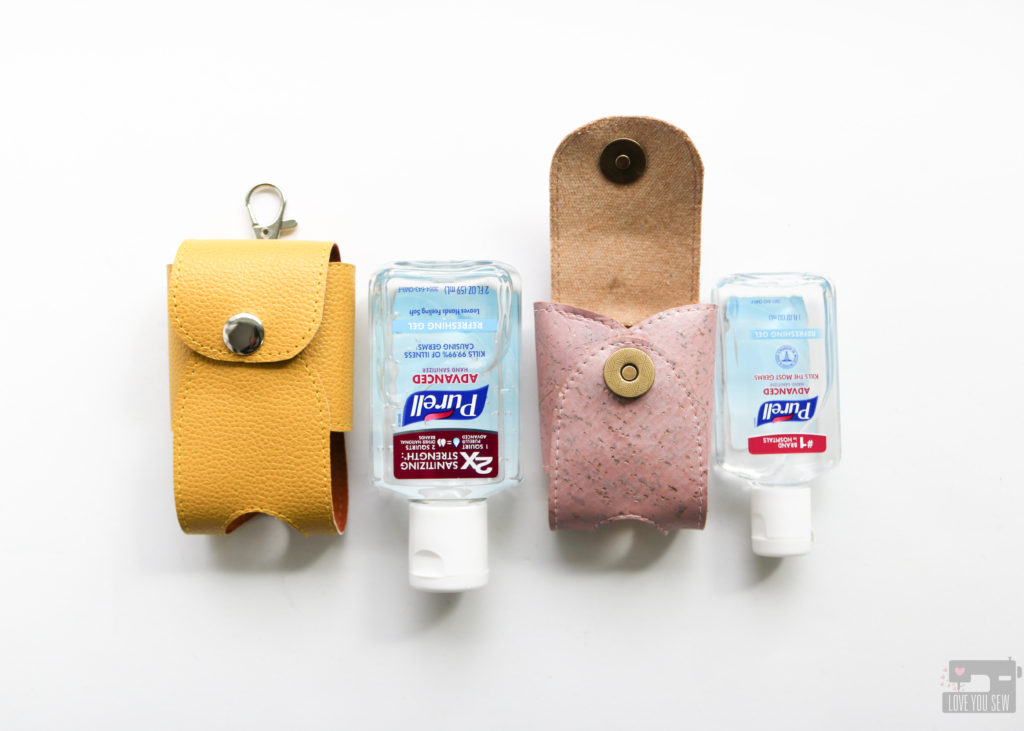
Different size travel bottles
It turns out that the Tiny Sophia Bag (read about it here) is the right width to hold most travel sanitizers! The height just needs to be adjusted and that’s where this hack was born. This hack will take you through the steps to transform your #tinypurse to a sanitizer holder for most 1-2 oz travel bottles. I tried to find a variety of bottles to test so you can see how they fit and decided to create one version for bottles from 1-1.6 oz and then another version that can fit 2 oz bottles. If you are using bottles different from any of those pictured, be sure to check the template against your sanitizer BEFORE cutting any material.
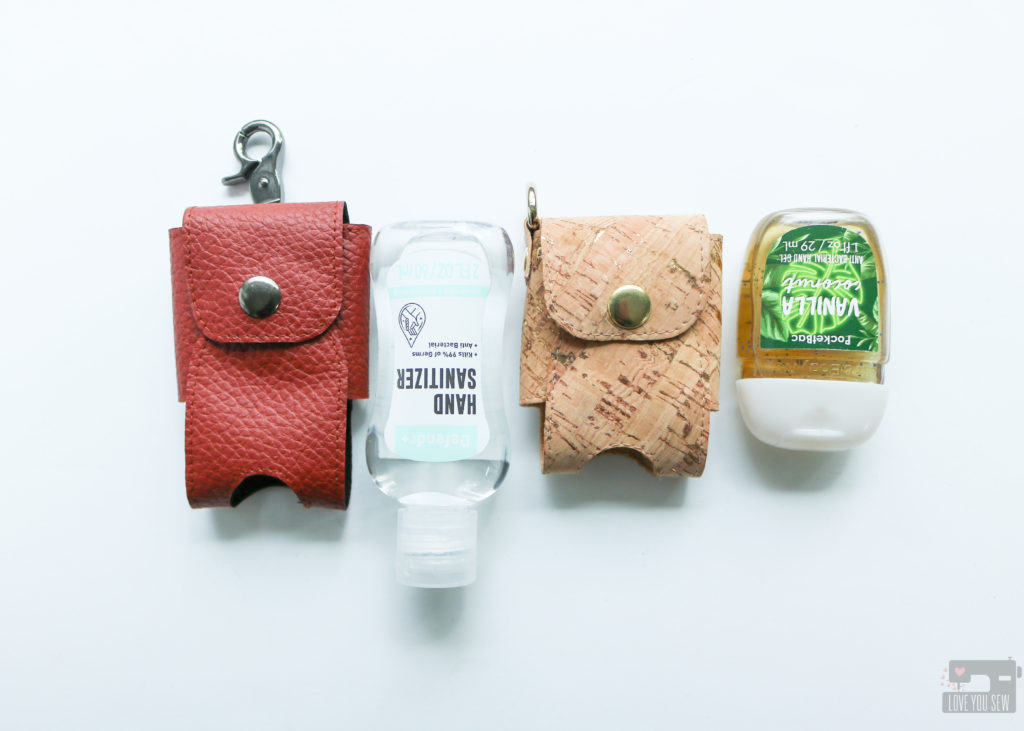
2 oz Holder vs 1 oz Holder
Materials Needed:
- The Tiny Sophia Bag pattern – found here
- Ruler
- Extra paper
- Marking Instrument
- Clear Tape
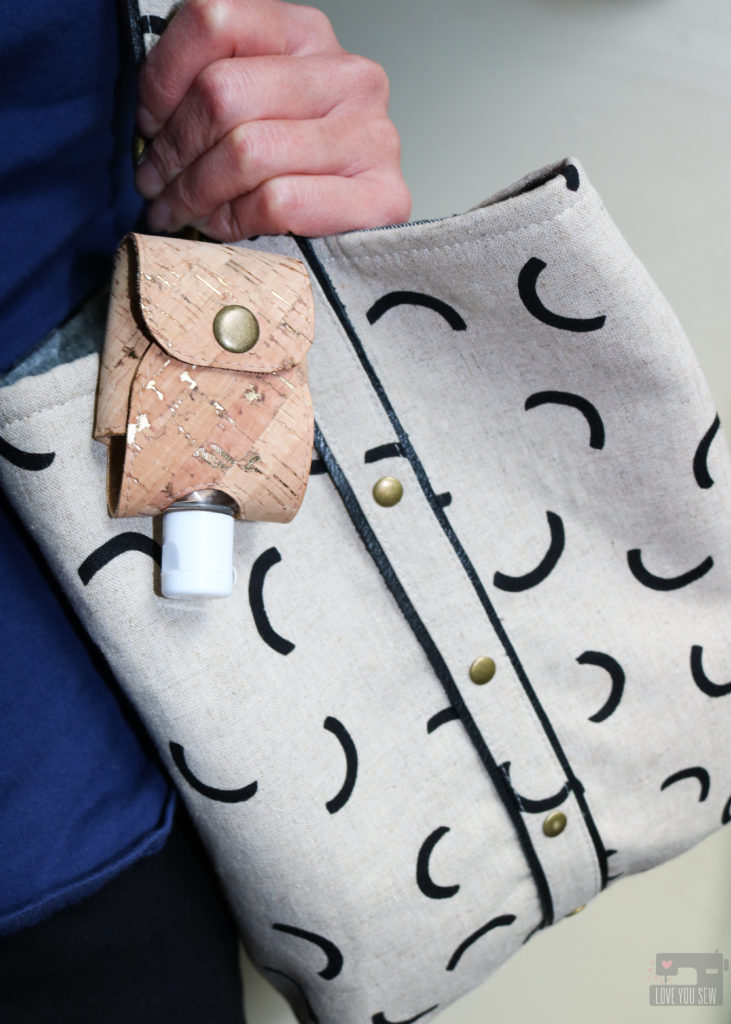
Tutorial
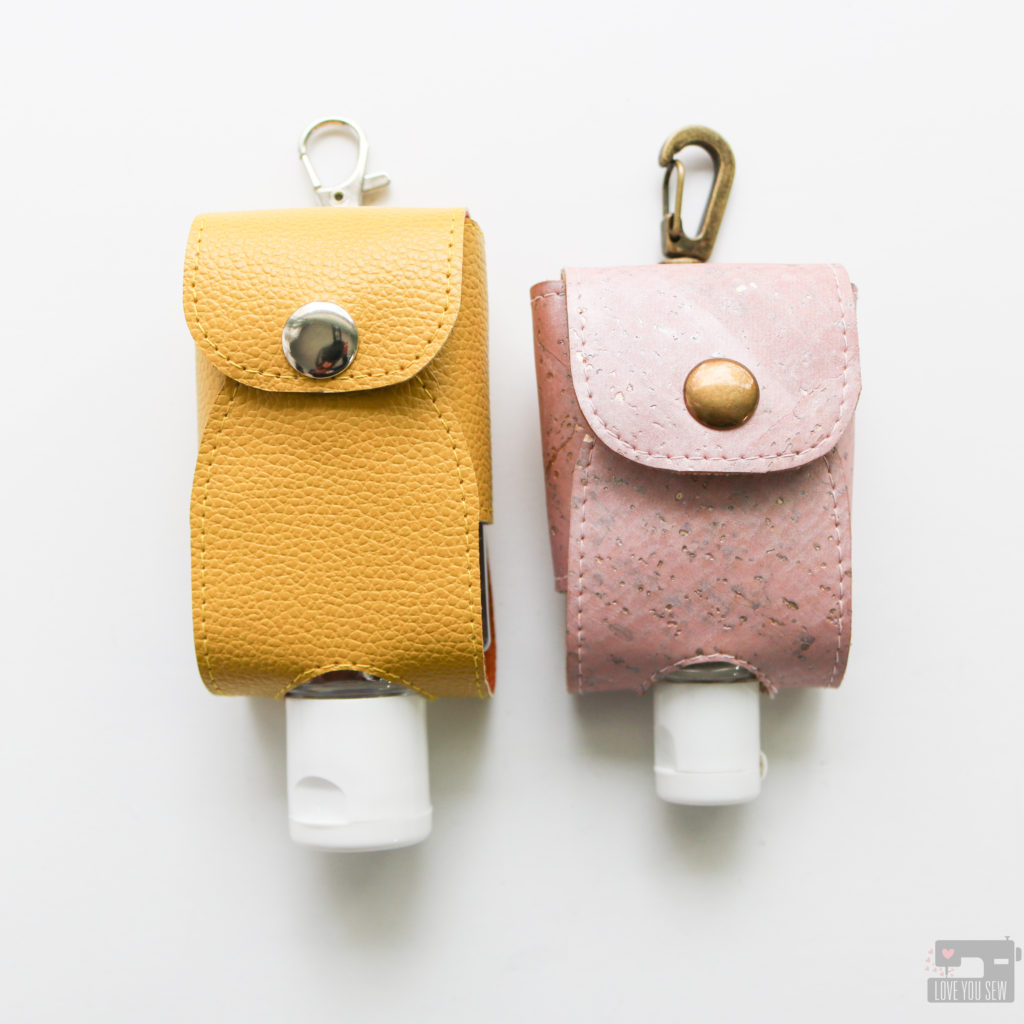
***Please note there are adjustments depending on whether you are making a holder for a 1.0-1.6 oz. bottle versus a 2 oz. bottle. Please read instructions carefully.
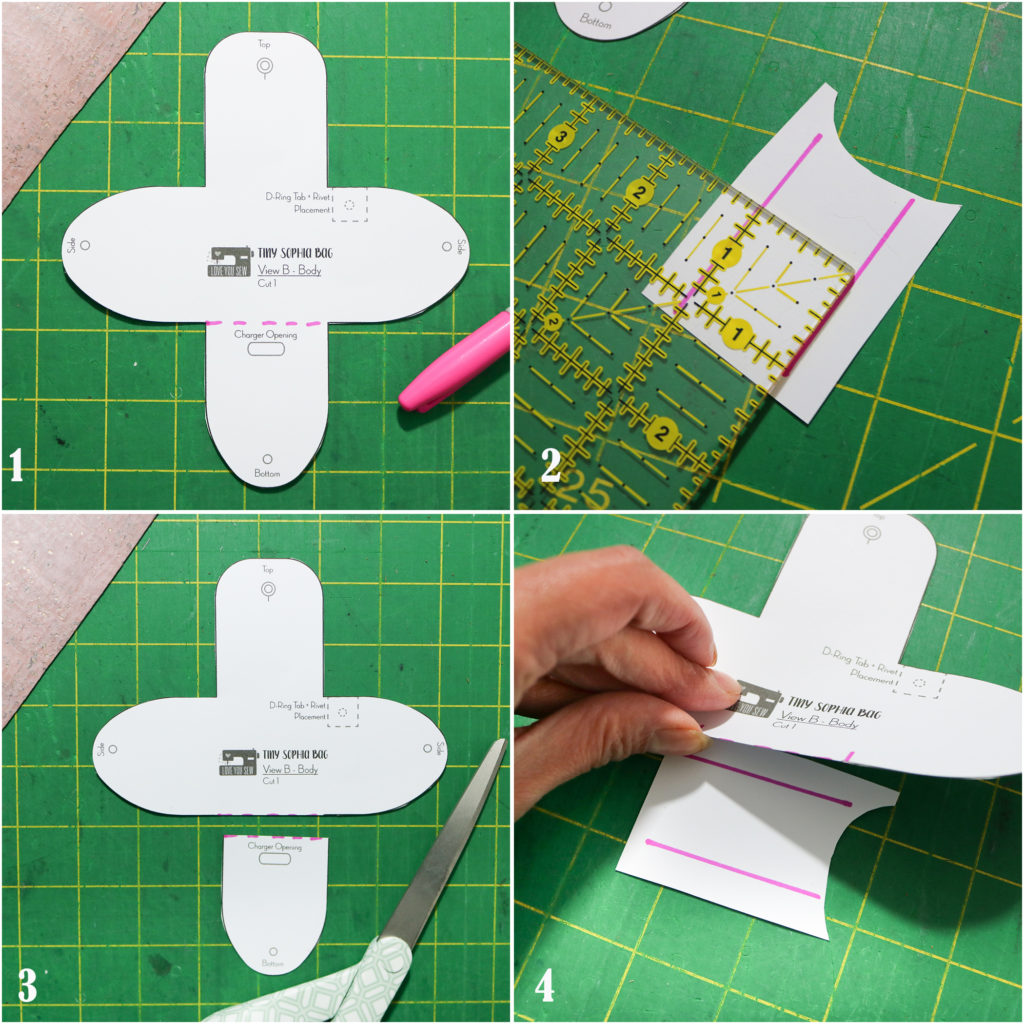
1. Cut the pattern template out per instructions. Mark the cut line along where the bottom flap meets the sides.
2. Take a scrap piece of paper (wider than the bottom flap) and mark a 1″ high extension for 1-1.6 oz. sanitizer bottles. *If you have a 2 oz. bottle, you will want to mark a 2″ high extension.
3. Cut the bottom flap off the bag template following your markings
4. Line up the top of the pattern along the extension and tape into place.
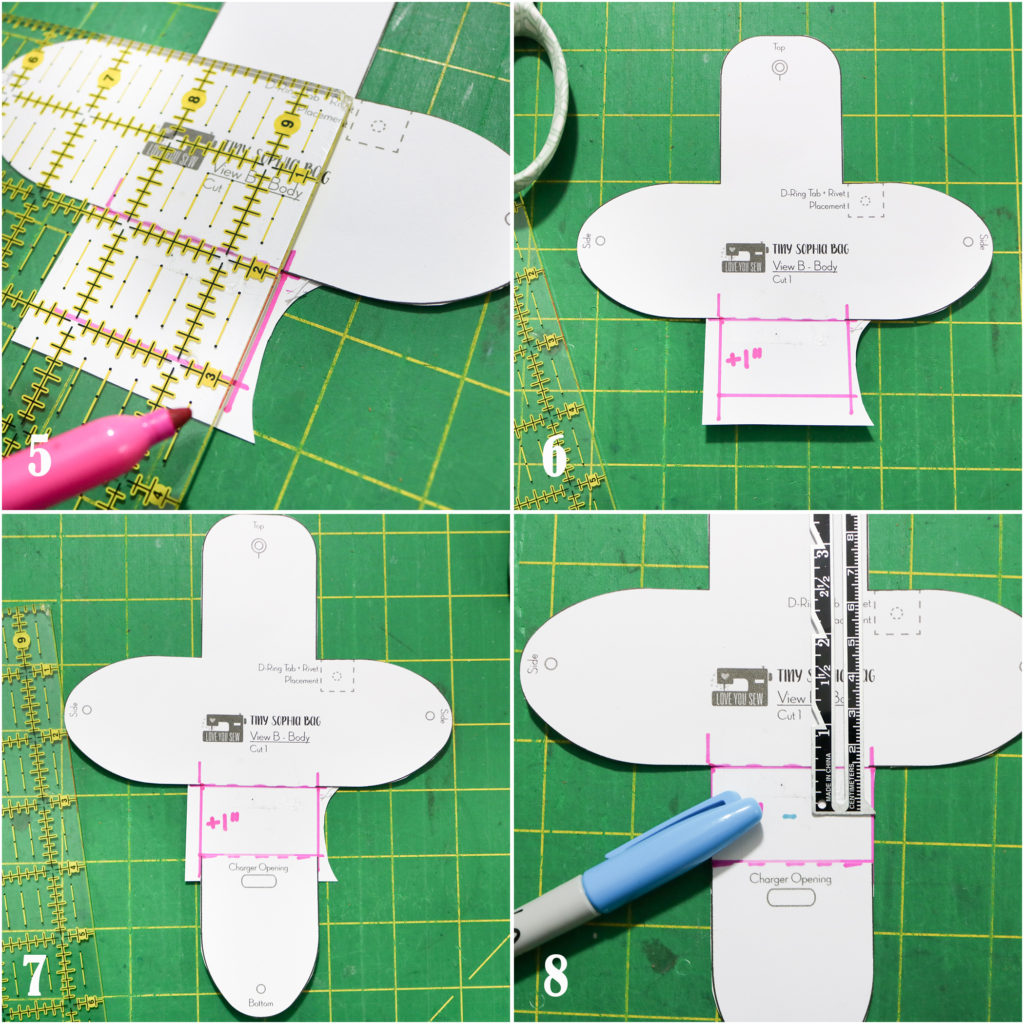
5. Take a ruler and mark the right side of the extension aligning it to the Top flap’s side edge.
6. Repeat on the left side of the extension.
7. Line up the bottom flap to the lower side of the extension making sure it matches the side markings.
8. Trim away the excess paper. Mark a line 1/2″ from the top of the extension. *If you are making a 2 oz. bottle holder, mark a line 1″ from the top of the extension.
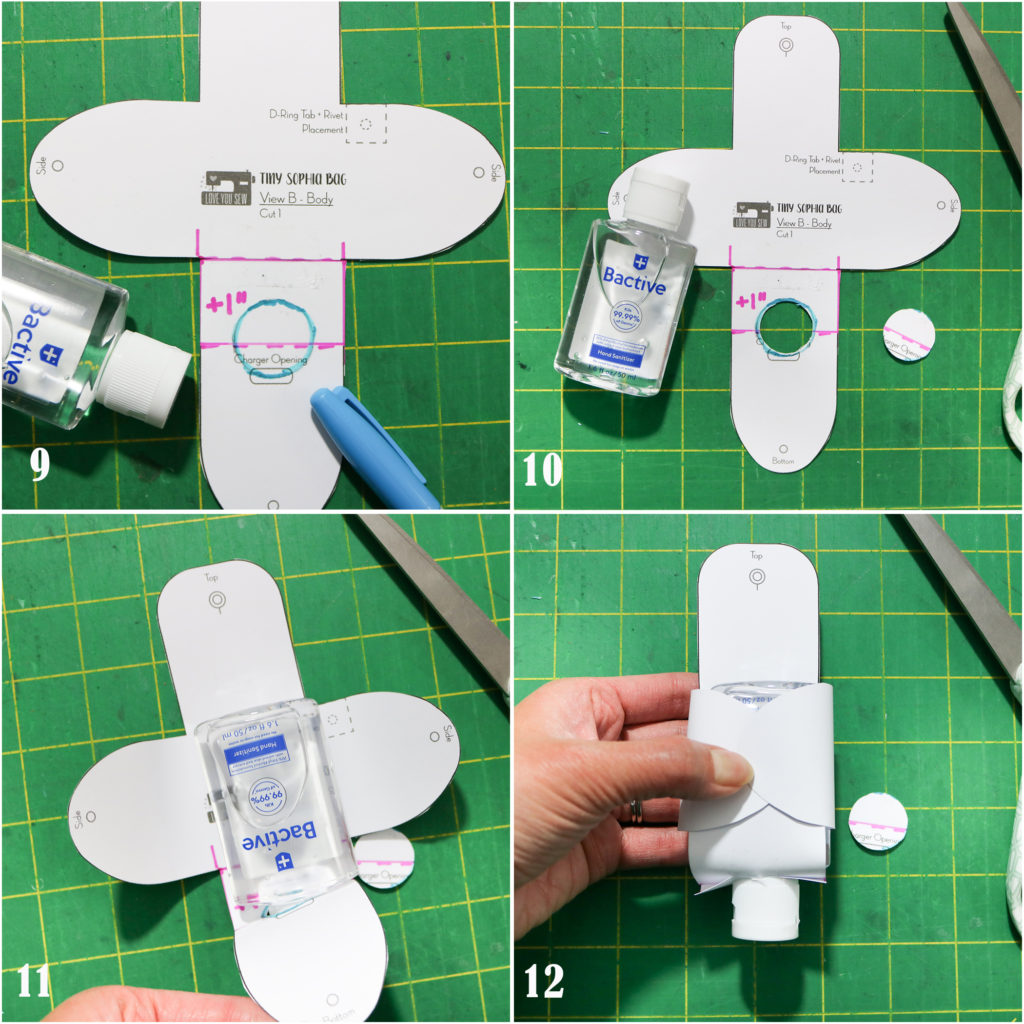
9. Use a sanitizer bottle cap as your opening. (This replaces the Charger Opening.) Center it vertically on the template and place it just under mark made in the previous step. Trace.
10. Carefully cut out the circle with paper scissors.
11. Check that the sanitizer bottle you want to use fits through the opening on the template. Adjust as needed.
12. Check that the template fits around the bottle by aligning the hardware holes. Adjust as needed. Once you are satisfied with the fit, follow the steps in The Tiny Sophia Bag to finish your travel sanitizer holder!
Notes:
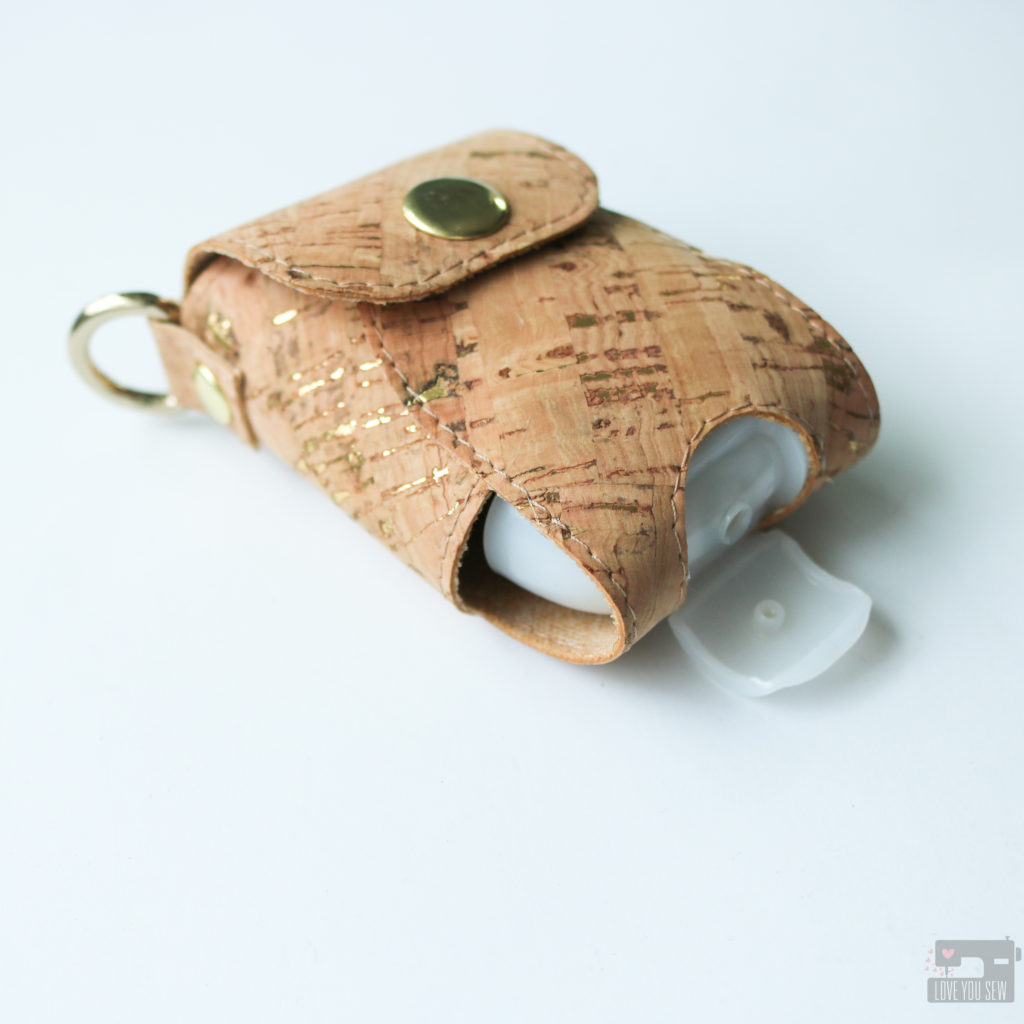
This cork version uses the 1 oz adjustment, but if I were to make it again just for this style of sanitizer bottle from Bath & Body Works, I would make a slightly wider opening to accommodate that wider flip-cap.
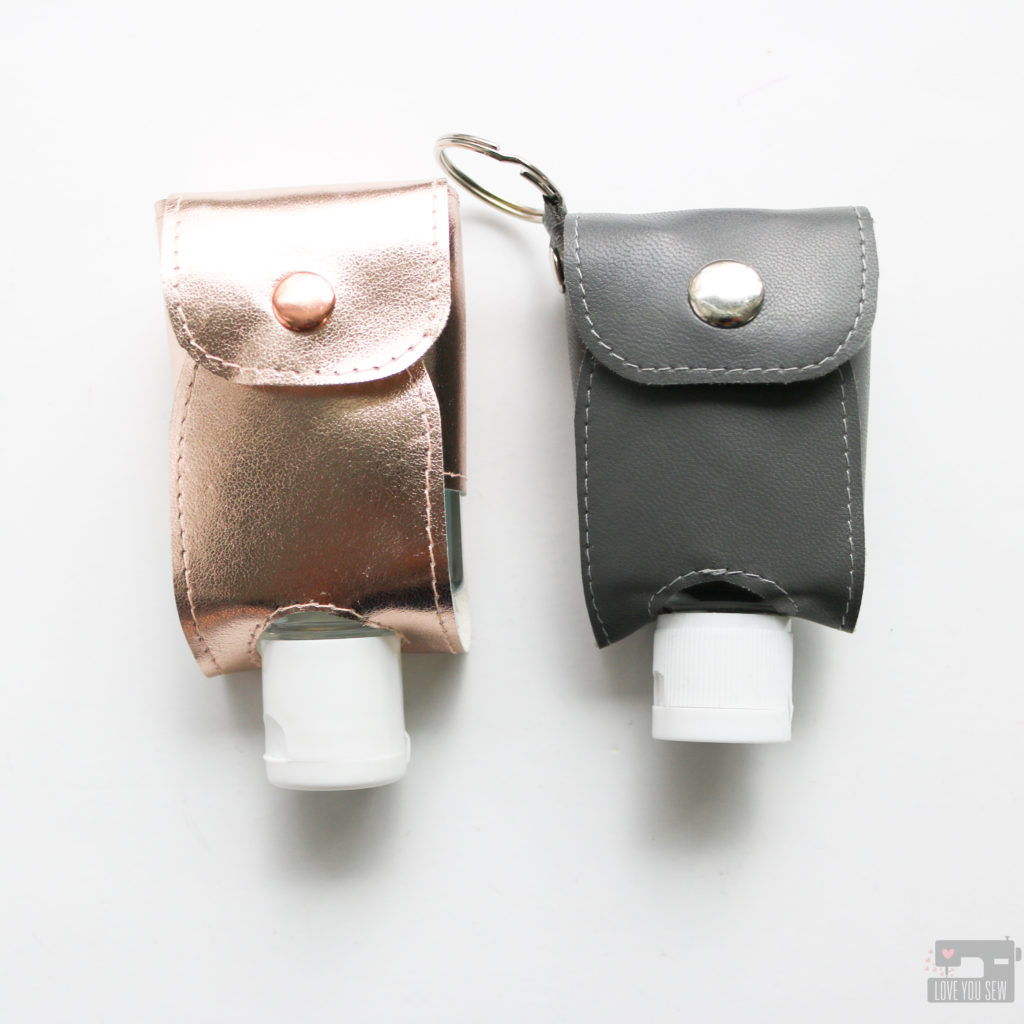
I added stitching to all of my samples in this post, but you don’t have to. Using faux leather with felt backings like these pictured above leave no fraying and make this a fast and simple project.
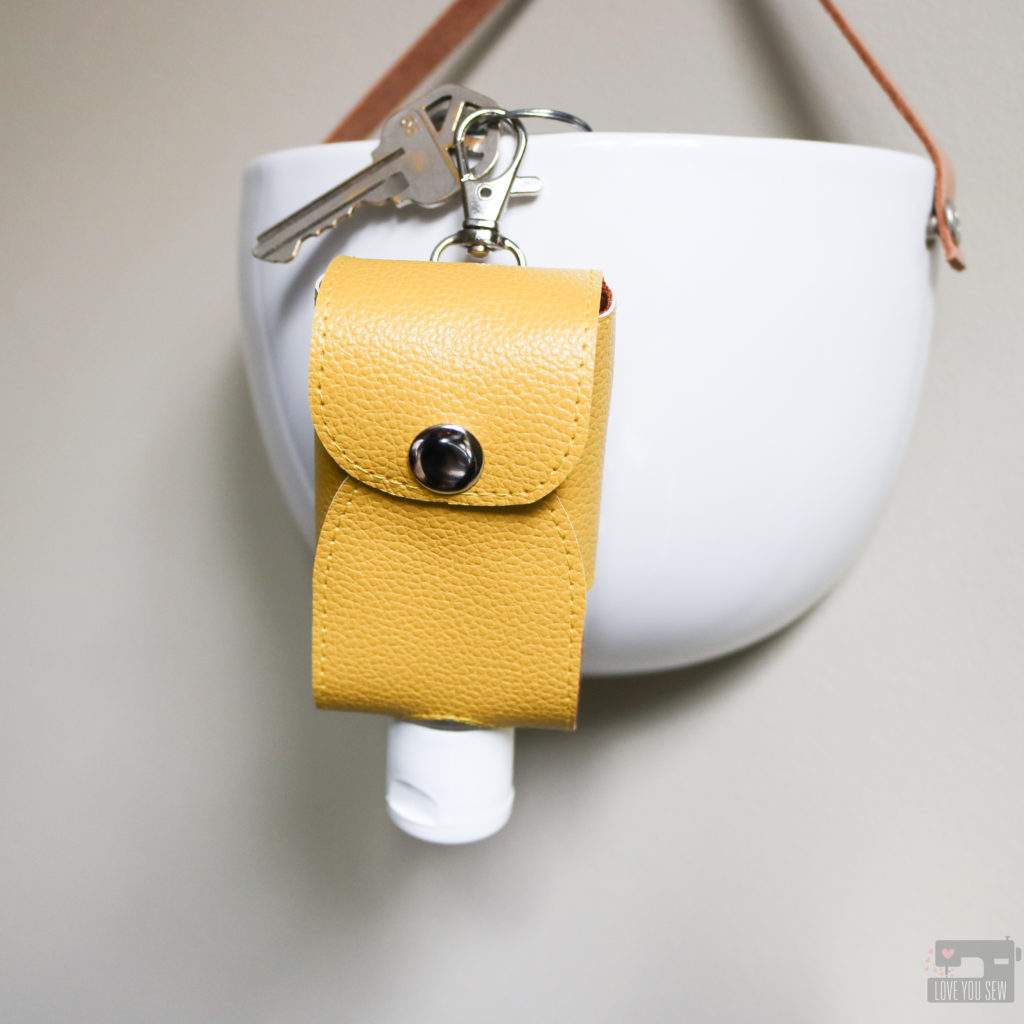
With the holidays ahead, these will make such great gifts! So I will switch up the hardware to swivel clasps on the back so they can hang easily from key chains, purses and backpacks.
Where to find supplies:
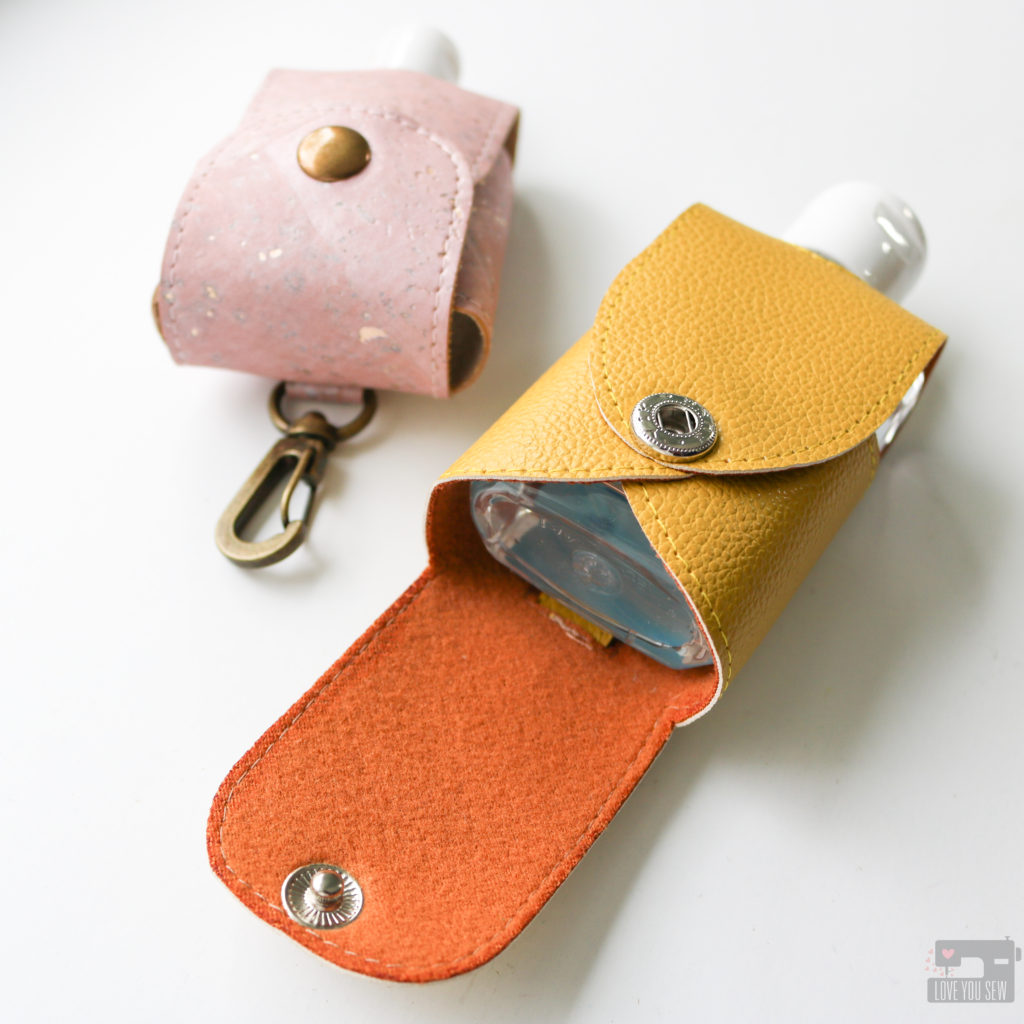
- For Cork or Faux Leather, I’m a big fan of Sew Sweetness. Shipping is flat-rate, fast and I think a great deal!
- For real leather and a variety of finishes, TanneryNYC has remnant bags. I received small – medium sized cuts and was able to make several Tiny Sophia Bags out of the surprise shipment. These are high quality pieces of soft leather.
- I love Emmaline Bags and By Annie’s hardware, but if you are looking for a value set for kids, I recently bought these (pictured on yellow case) and these from Amazon.
- For Snaps, I used spring style ones from Gold Star tool, but recently fell in love with these Rivet Magnets from Kam Snaps (as seen with the pink cork version above.)
I hope you enjoy this hack and find it useful in our current environment. Please drop a comment and let me know what you think!
Hugs and Stitches,
Cristy
This post may contain affiliate links. Any earnings go right back into powering this website. Please read my Disclosures here.
